Our bellies warm and sated, we gazed up at the heavens full of stars through the crisp Nagano night air, a fitting end to our first day in Iiyama city. Having enjoyed a day exploring an ancient village, sledding in a mini snowpark, and most recently, dining on a nabe hotpot inside a kamakura 鎌倉 igloo, we took one lingering look into the night sky before retiring to our accommodations for the evening.
Fellow Voyapon Spanish writer Maria (English articles here), her boyfriend Hernan, a popular Instagram travel blogger, and I made the quick journey from Tokyo Station to Iiyama City via the Hokuriku Shinkansen line. The journey takes less than 2 hours, barely enough time to enjoy the breathtaking scenery as you leave the busy metropolitan area and enter the picturesque valley of northern Nagano.
After a year living and working in Japan, Maria was soon heading back to her native Spain. Hernan would join her for a while to do a little exploring around Europe together, so this trip was perhaps a final chance to make a lasting memory of Japan together. Little did they know, our hosts in Iiyama City planned out an itinerary for us that we would not easily forget.
It began ordinarily enough, with a visit to the Shinetsu-shizenkyo Activity Center on the first floor of the station. Here, you can rent or buy clothing or equipment used for the many outdoor activities that Iiyama is famous for: snow sports, cycling tours, and trekking on the Shinetsu Trail, to name a few. The three of us, along with our new friends from Tokyo, rented some outerwear suitable for the snowy activities we would be partaking in over the next two days.
Sledding at Kamakura Village
As it turned out, we would need those clothes immediately, as our next stop was the mini sledding run at Iiyama Kamakura Village. Kamakura means “igloo” in Japanese, and nearly 2 dozen of these structures are built every winter for the Iiyama city Kamakura Festival. Diners can come and eat a delicious local nabe hotpot inside an igloo under the stars, which we would do later, but for now, we needed to work up an appetite.
The igloo village is built on a wide flatland which, for 3 other seasons, are rice fields. In an ordinary year, the Kamakura Village would be piled high with snow. Due to an extraordinarily poor winter season in Japan, the snow had to be brought down from the local mountain by the truckload to have enough snow to build the igloos. That’s dedication. We were fortunate enough to meet a group of men whose strong arms and backs go into constructing and maintaining these huge structures and coerced them to pose for a group photo.
The sledding run was quite mild this year, I suspect as a result of the lack of snow, but enjoyable enough for Tokyoites like us who see only a couple of centimeters of it every year. Unfortunately, the snowmobile park across the street was completely unavailable this season because of the lack of snow.
After exploring the Kamakura Village in daylight and burning some calories on the sledding run, we headed to the nearby Michi no Eki for a quick lunch. If you aren’t familiar with Japan’s delightful Michi no Eki, let me take a moment to introduce you to them.
Michi No Eki: Serving Japan’s Travelers
If you drive the interstate highways of America, you will encounter something called a “rest stop.” For the majority of them, the name is misleading because you will want to do anything but rest there. More likely, you will want to relieve yourself quicker than the amount of time you can hold your breath, run back to your vehicle, and peel out of the parking lot and back to the highway. Michi no Eki serve the same purpose in Japan but are the exact opposite in character. Clean, welcoming, and offering services you actually want to use, you might find yourself making unnecessary stops just to visit them. Or, as we did, you might seek one out as a place to eat lunch.
Iiyama city’s Michi no Eki sells local produce and other products, provides travel information, immaculate restrooms, and, most importantly, contains a small restaurant serving delicious food. It goes without saying that the meals served here are local specialties with fresh local ingredients. Portion sizes are just about perfect; no worries about getting stuffed and going into a food coma behind the wheel of your car. Maria and Hernan tried the Italian-inspired Japanese dish doria (baked rice casserole) with locally grown mushrooms, which looked amazing.
The Ancient Village of Kosuge
After lunch, we had some free time before checking into our accommodations, so our host drove us up the mountainside to see the pristine snow surrounding the lovely Lake Hokuryuko (which was partially frozen over). As it was one of Maria’s few experiences with snow, she and Hernan had a great time playing around in the freshly fallen snow here.
From there, we drove a few minutes further to Kosuge Village, an ancient village on the mountainside responsible for caring for an 800-year-old shrine complex. The first time I visited Kosuge Village was during the Autumn season, so it was lovely to see the stately cedars and ancient buildings speckled with patches of snow.
After paying a visit to the old shrine, Satosha Honden, we hiked up to the torii gate marking the ascent to the Kosuge Shrine, the stone steps flanked with cedars just beyond. Instead of making the hour-long hike to the shrine, we used the spot as a photo-op for our Instagram feeds. Along the way to the torii, local residents greeted us and engaged us in conversation, relaying some of the history of the village. There is a genuine friendliness in these parts, where strangers still take time to chat with passersby. Even the local cats showed curiosity towards us.
The Hospitality of Flora Togari
After our little adventure in Kosuge, we checked in at our overnight lodging, Flora Togari. Flora Togari is a minshuku, an accommodation type that needs some introduction to Westerners. Minshuku are usually family operated, like a bed-and-breakfast. At a minshuku, you have your own room for sleeping and relaxing, but most often, bathroom and bathing facilities (which at Flora is an onsen hot spring) are shared but gender-segregated. Breakfast and dinner are often provided, as is the case here. It is not the same level of luxury you might find at a ryokan, but in my experience, local chefs are quite skillful with using the ingredients that are available to them.
The rooms at Flora are quite simple: a tatami mat floor with a low table and zabuton cushions to sit on, a small television and in the closet, a futon and blanket for bedtime. For me, it was perfect as after a soak in the onsen, I’m done for the night. Minshuku are also usually quite affordable, cheaper than ryokan or Western-style hotel rooms.
Because we were eating dinner at the Kamakura Village, we had to forego dinner at Flora. Nonetheless, they generously provided us with some freshly-fried karaage (fried chicken) as hors-d’oeuvre for our bus ride to the village.
For breakfast the following morning, they prepared a full meal of a typical Japanese breakfast. However, the breakfast koshihikari rice was extra special; it was sown and harvested by the owners of Flora. You can’t get more farm-to-table than that.
As we left the next morning, the owners graciously sent each of us on our way with a large red Fuji apple, one of the many proud produce items of the Iiyama area.
Kamakura Village: Hot Pot in an Igloo
But back to our main event of the day, dinner at Kamakura Village. Our hosts had made reservations for us, so we went to the reception window and picked up a card that had the number of our igloo printed on it and a basket of blankets. It should come as no surprise that igloos are cold inside, so if you are feeling a little chilly, throw a blanket over your legs, and you’ll warm up in no time. Taking the card to the window where you order food, they informed us that they would deliver the hot pot and all necessary utensils to our igloo within 15 minutes. In the meantime, why not stroll around the igloo village to enjoy the golden hour of dusk?
As darkness fell, the igloo village became more and more photogenic. The amber lights along the path leading to the snow shrine became more visible, so Maria and Hernan took the opportunity to take some cute photos together to remember their trip. The mountains on the east side of the valley glowed with the warmth of the setting sun. After a short time, the staff informed us that our hot pot had been delivered, and we could serve ourselves whenever we were ready.
Nabe is a typical meal in Japan during the colder months. Seasonal vegetables and meats are simmered in a pot of broth, usually on the dining table so you can serve yourself as soon as the ingredients are ready. The broth at the Kamakura village is made with bonito fish-based broth and miso. After consuming all the ingredients and left with mostly broth, noodles can be added to finish it off. Kamakura Village provided onigiri rice balls to eat with the nabe, but if you are still feeling hungry, you can purchase some udon noodles at the shop to add to the pot at the end.
The nabe was the local specialty Noroshi nabe with strips of sliced miyuki pork and many delicious local mushrooms. Some potato, cabbage, and other locally grown vegetables round out the ingredients, which are simmered in a tonkotsu broth. There is plenty of food to refill your bowl several times, and at the same time, warm yourself up from the inside. If the nabe can’t warm you up enough, try some locally produced sake as Maria and Hernan did.
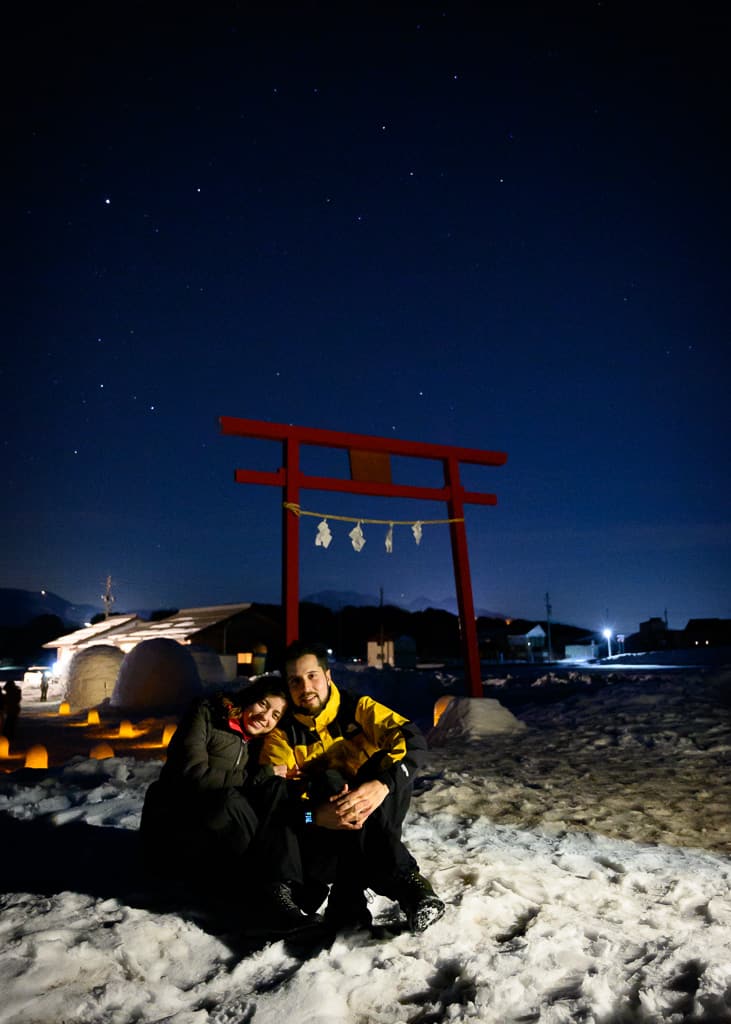
Finally, bellies full of warm nabe and faces flush from the sake, we sat beneath the stars outside the snow shrine, wondering at the multitude of stars that are invisible from our homes in the Tokyo metropolitan area. For Maria and Hernan, it would be a trip to remember, for no matter how long or short your stay in Japan, there is always a unique experience to savor.
The following day, our group would continue our adventure with an activity that can only be done in one place in Japan: snow cycling down a mountainside!
How To Get to the Iiyama Kamakura Village
Iiyama city is a short trip from Tokyo on the Shinkansen, less than 2 hours. When you reach Iiyama Station, you can take a bus or taxi to the Kamakura Igloo Village. Visit the Iiyama Tourist Information Center on the first floor for English speaking help and brochures.
If you plan to go for dinner, a better option is an overnight stay that includes minshuku accommodation like Flora Togari. The tourism bureau has put together some packages that include accommodations and other winter activities like snowshoeing and hot springs.
Sponsored by Shinshu-Iiyama Tourism Bureau (Nagano Prefecture)
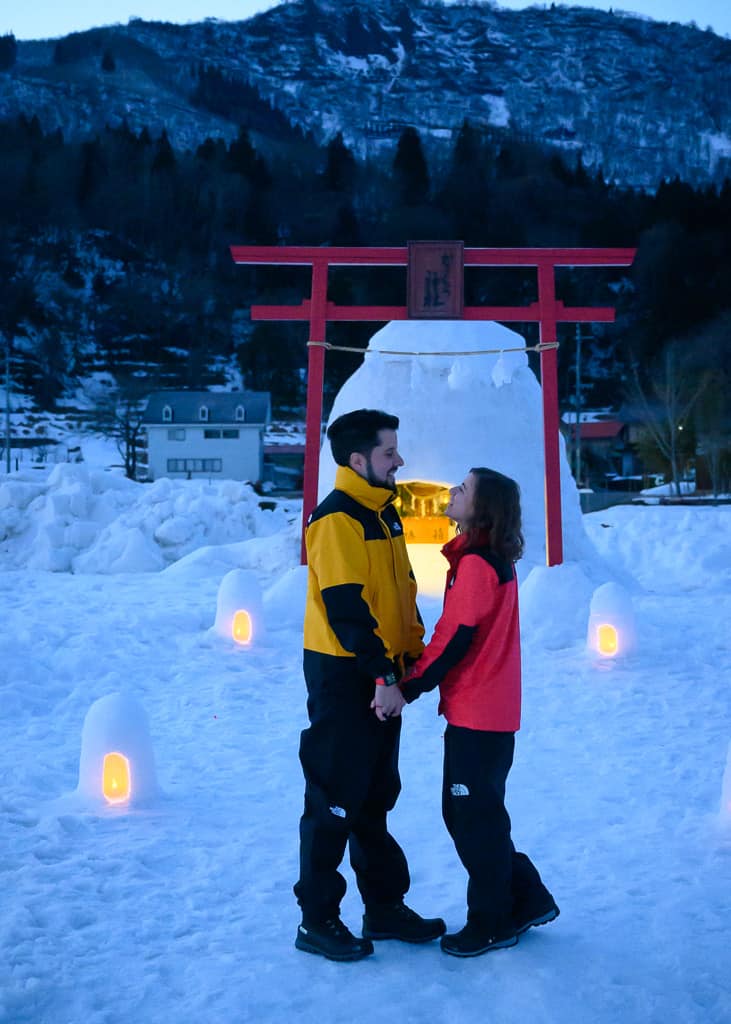
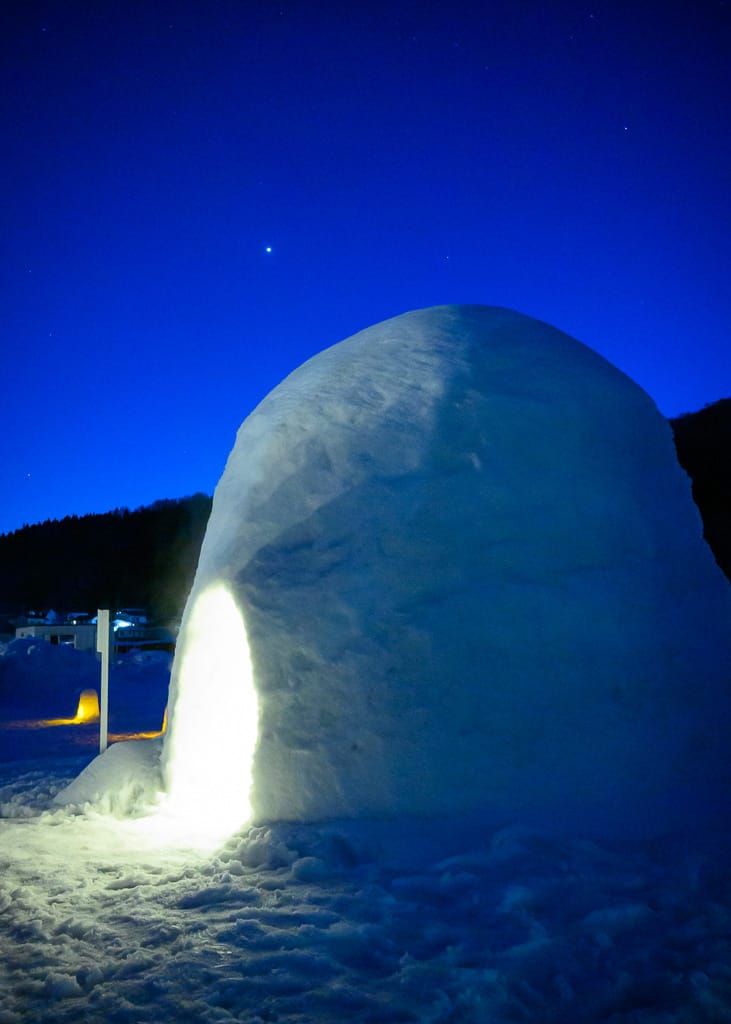
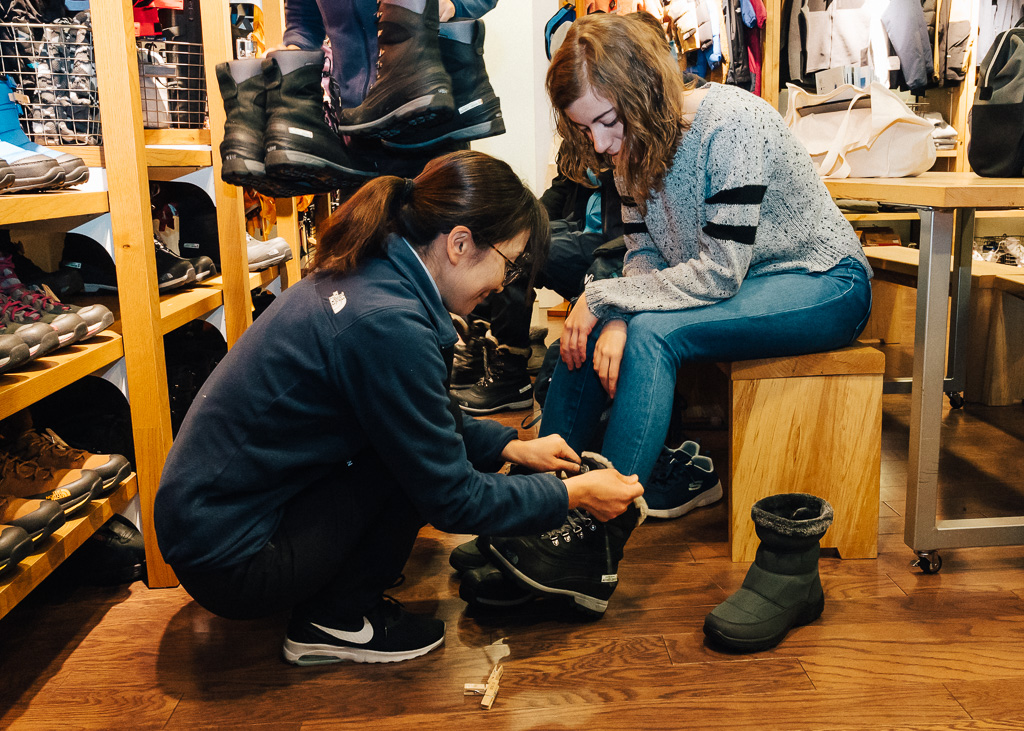
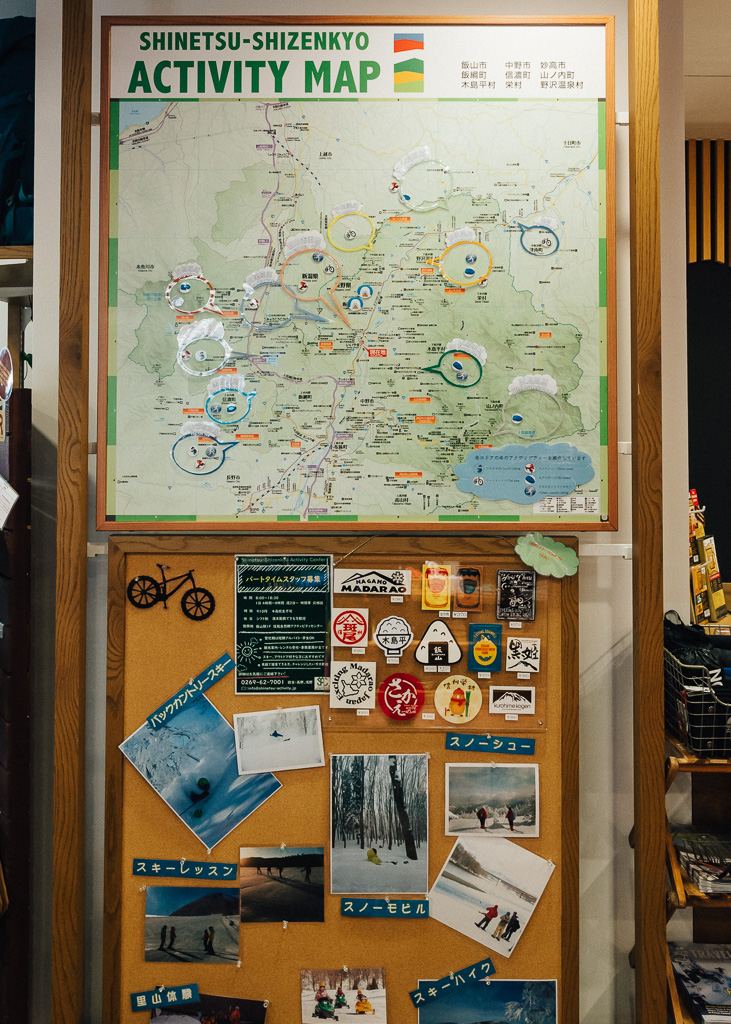
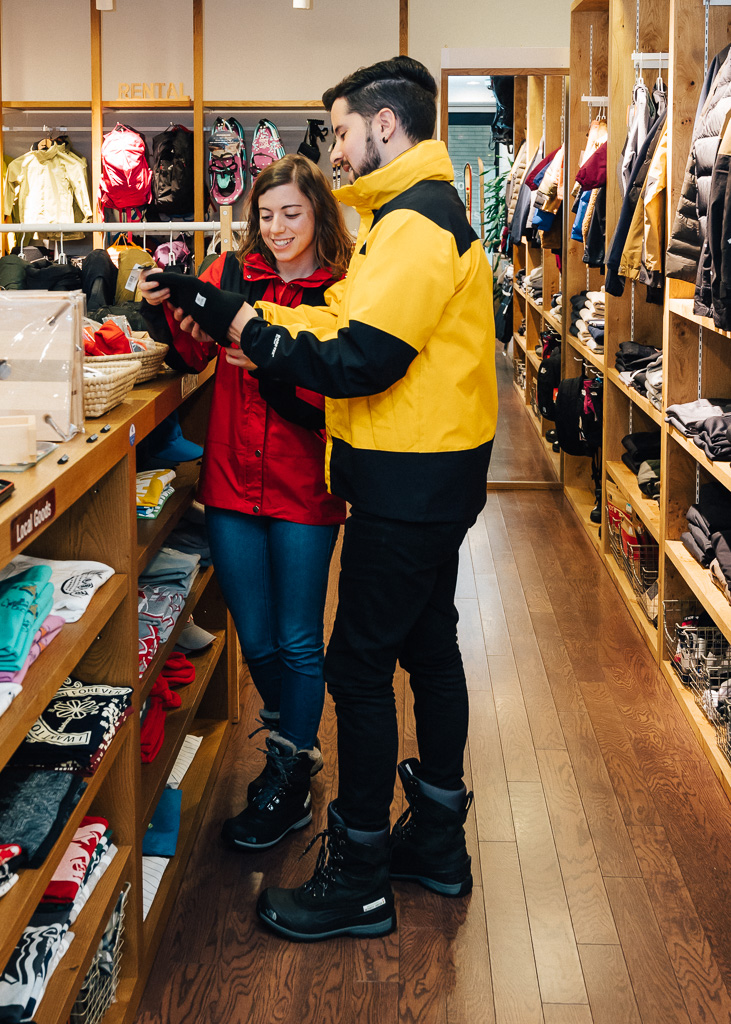
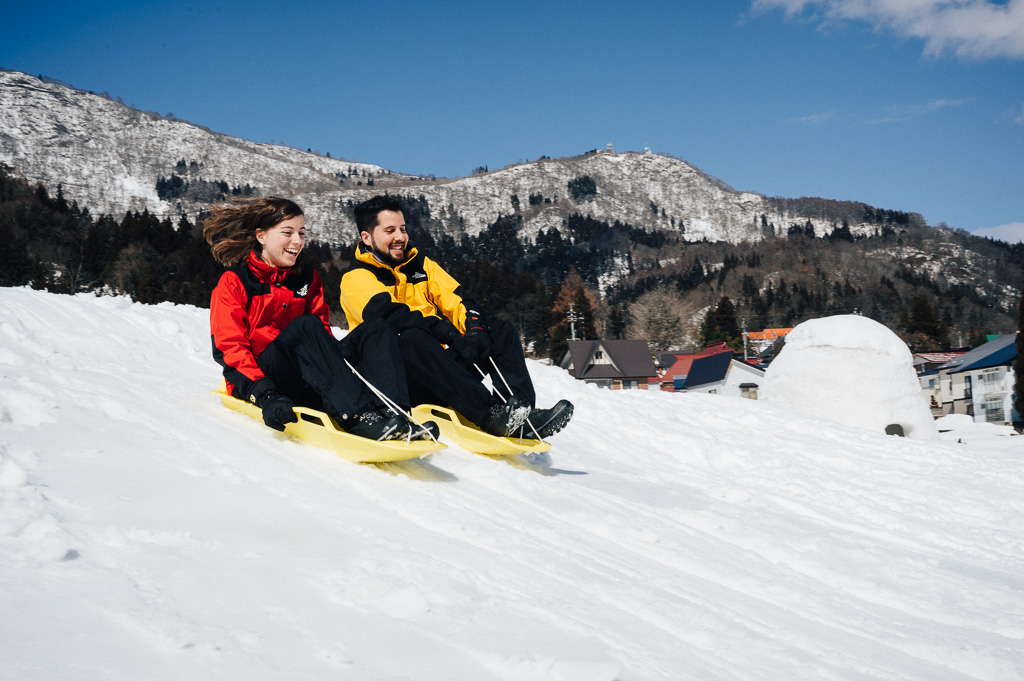
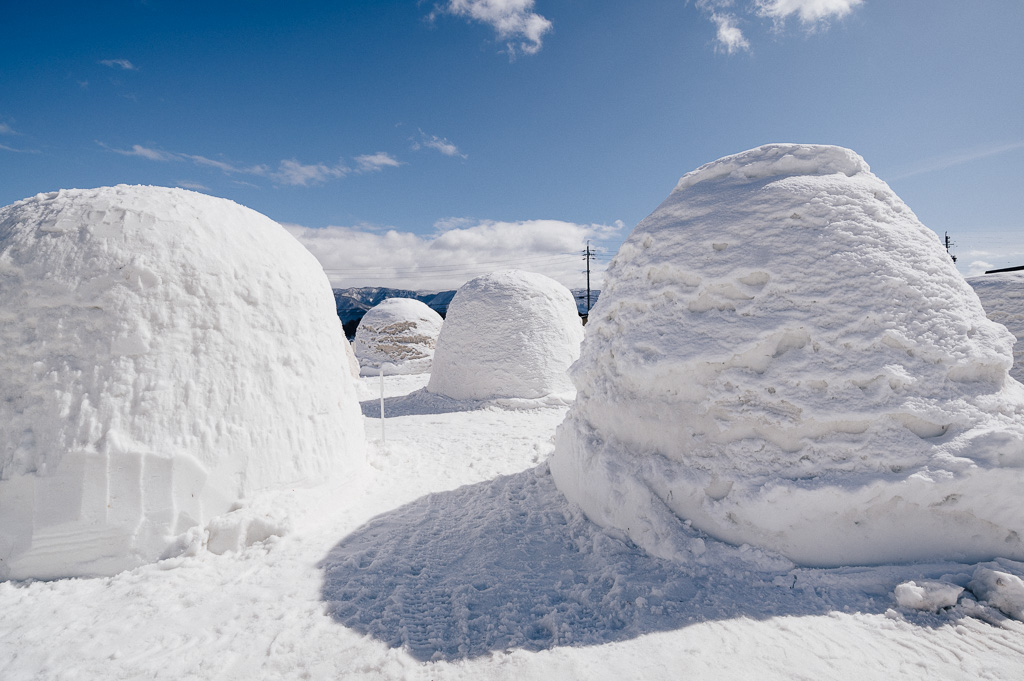
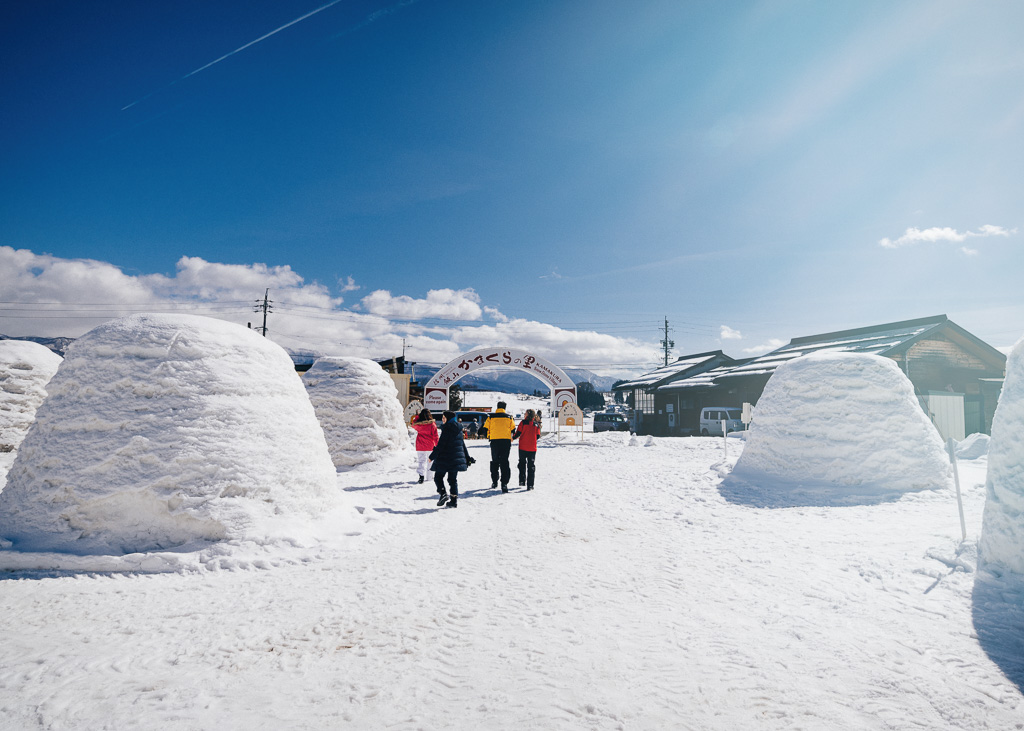
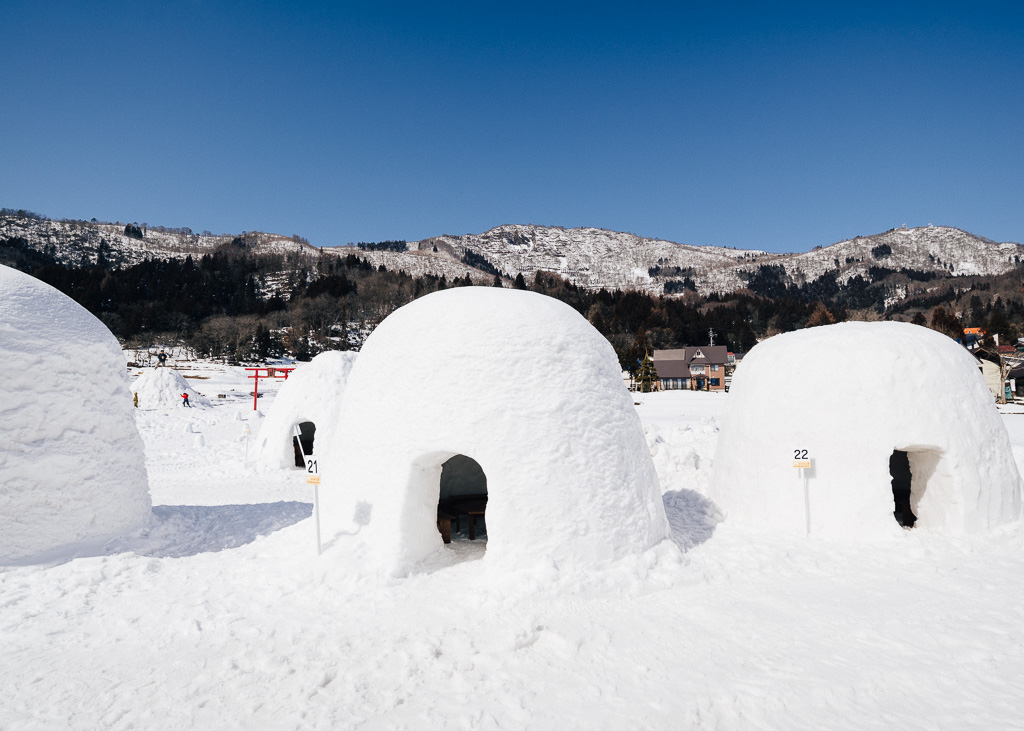
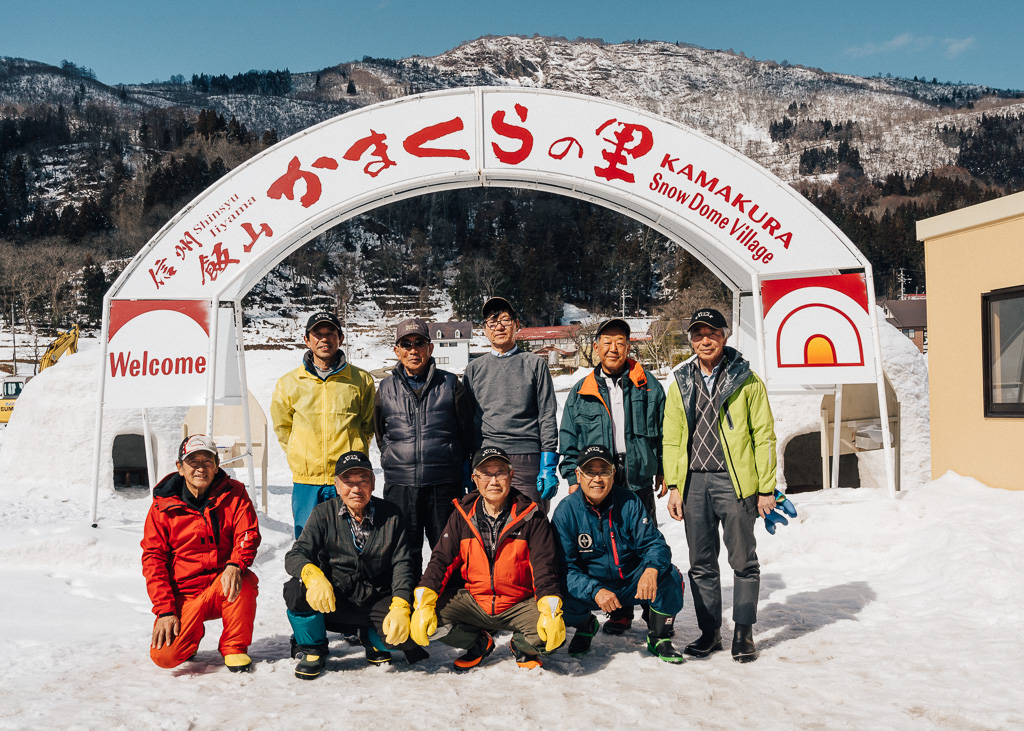
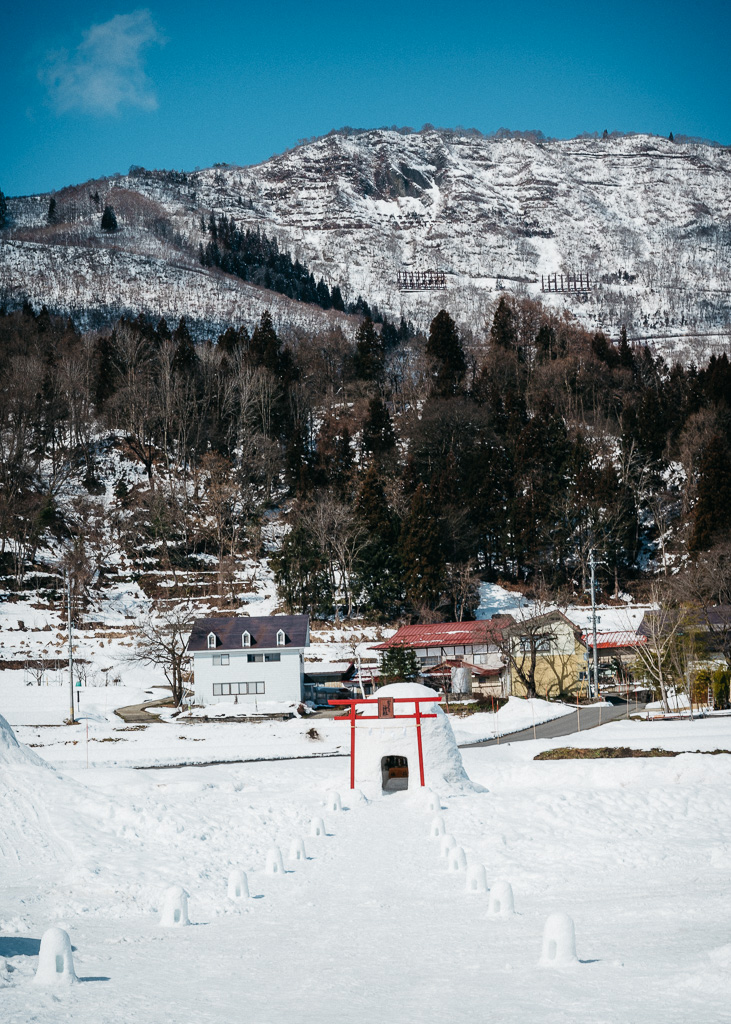
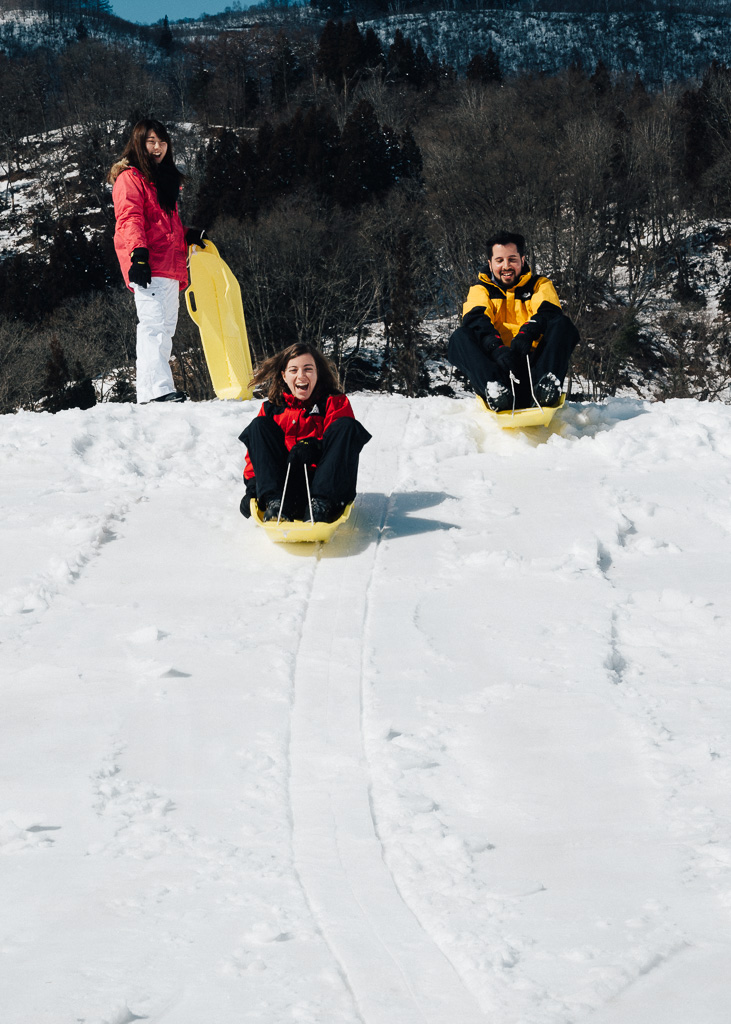
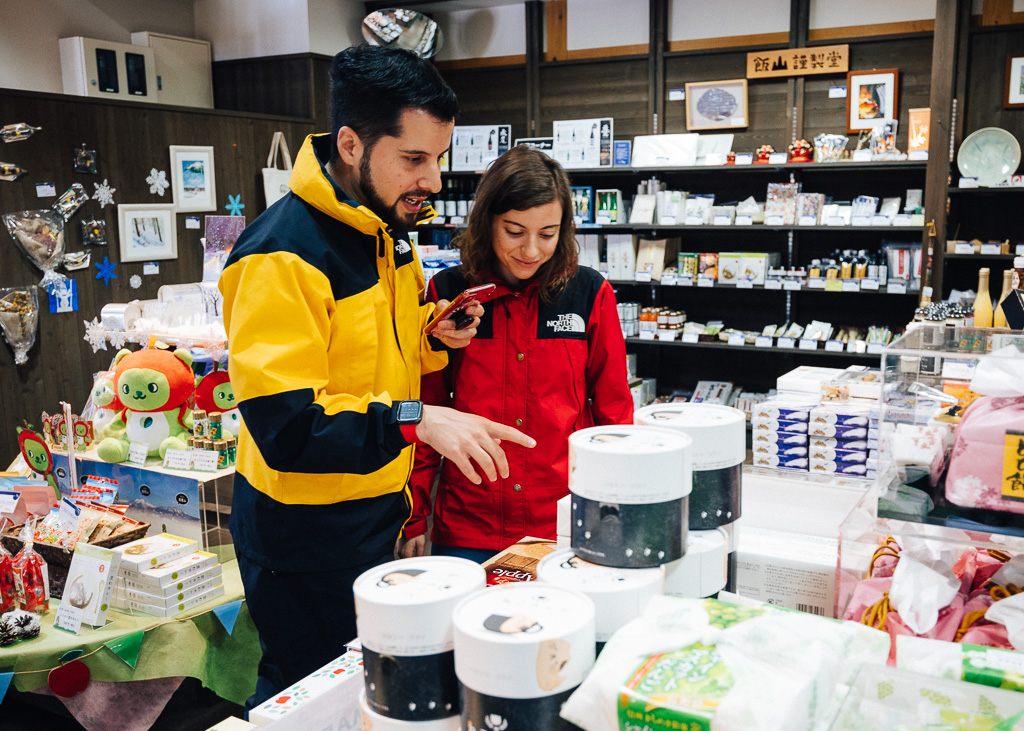
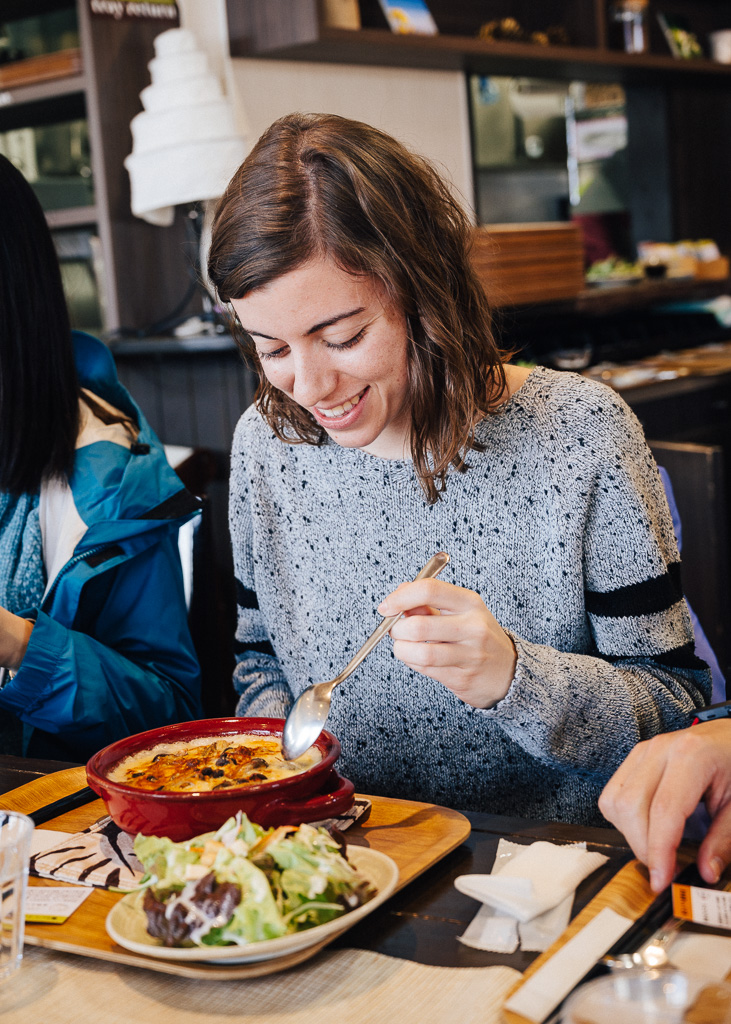
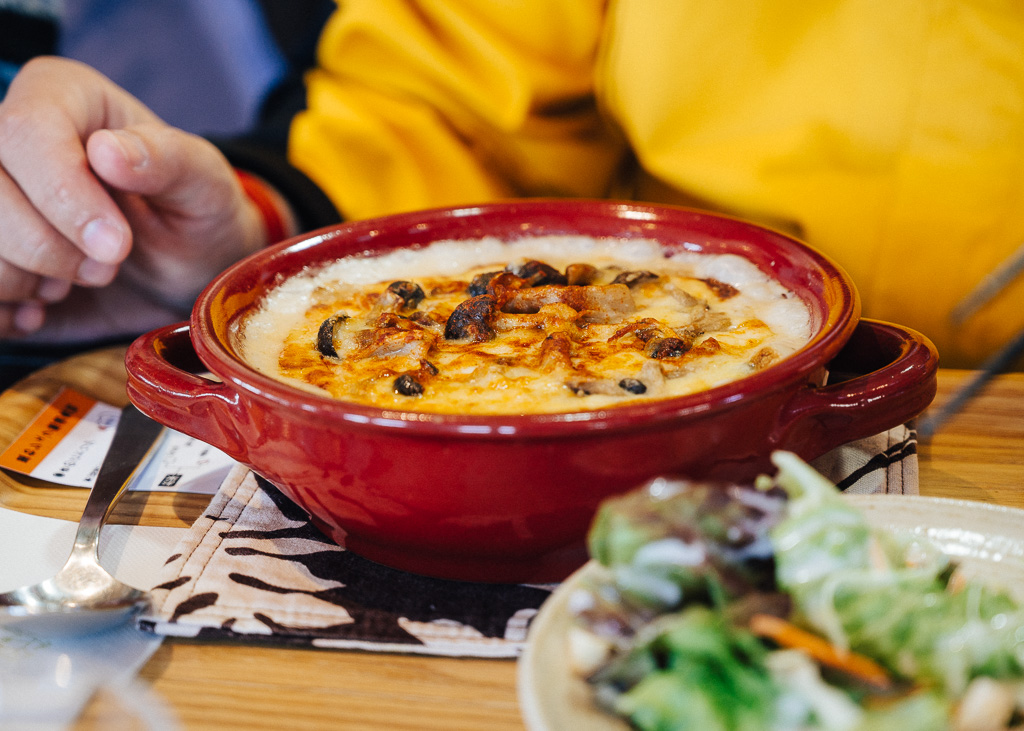
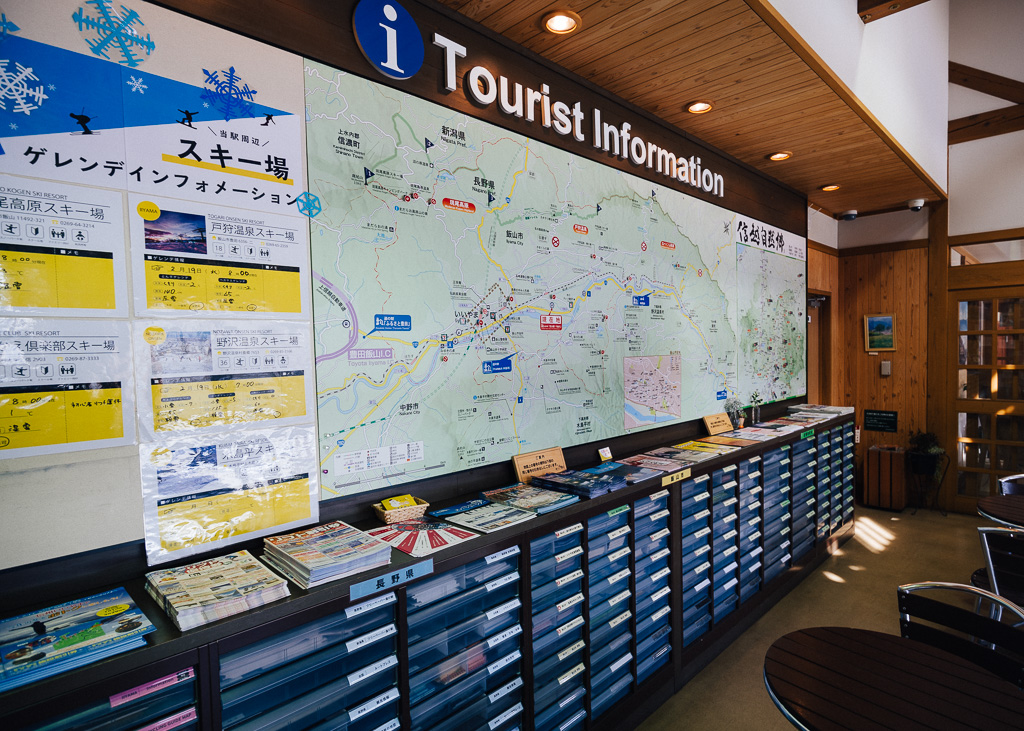
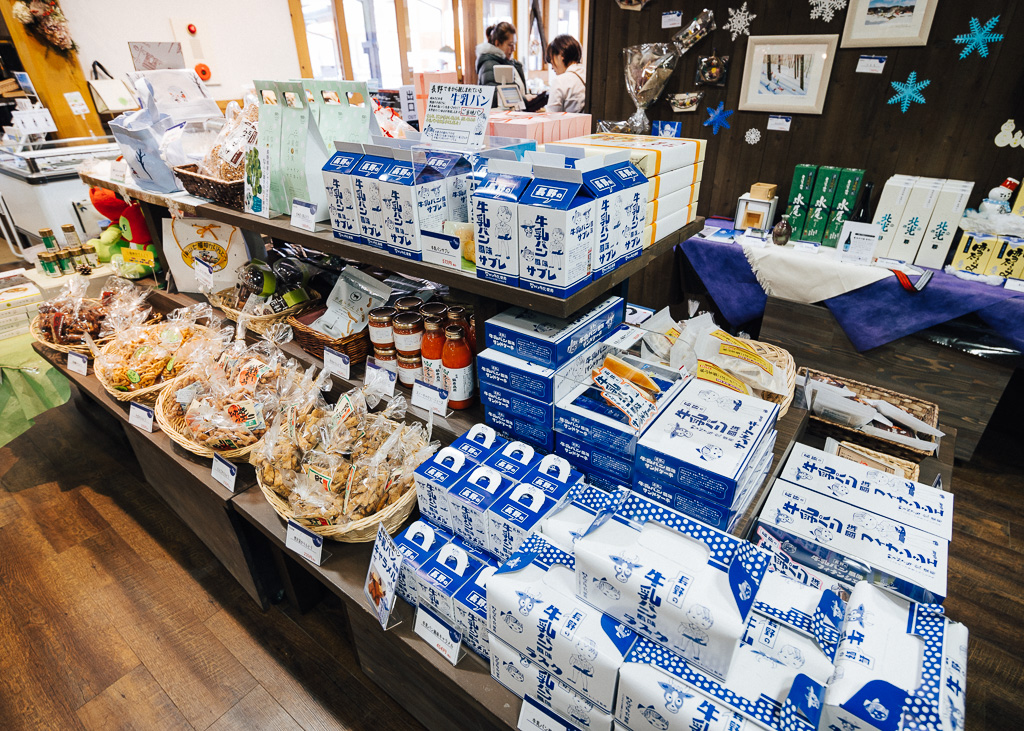
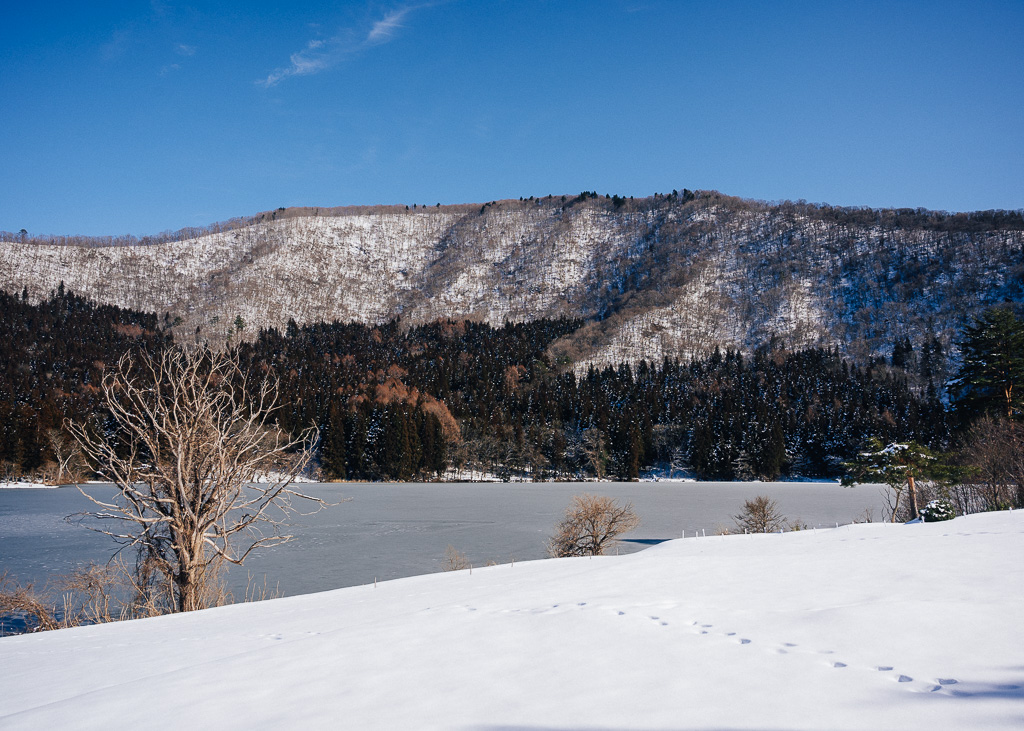
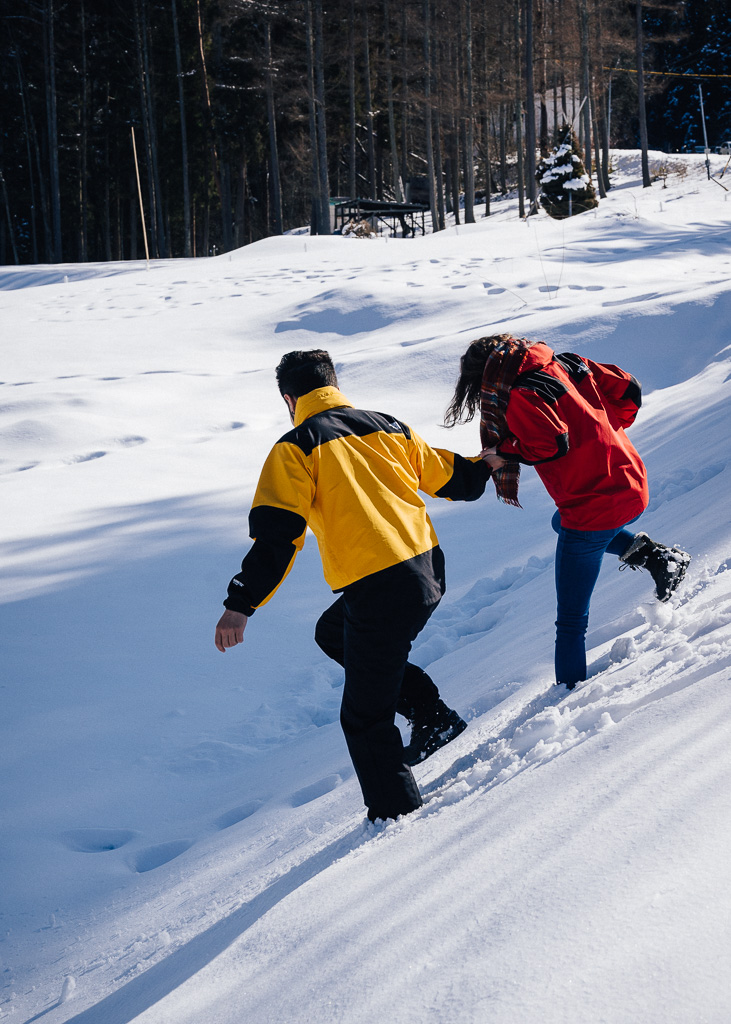
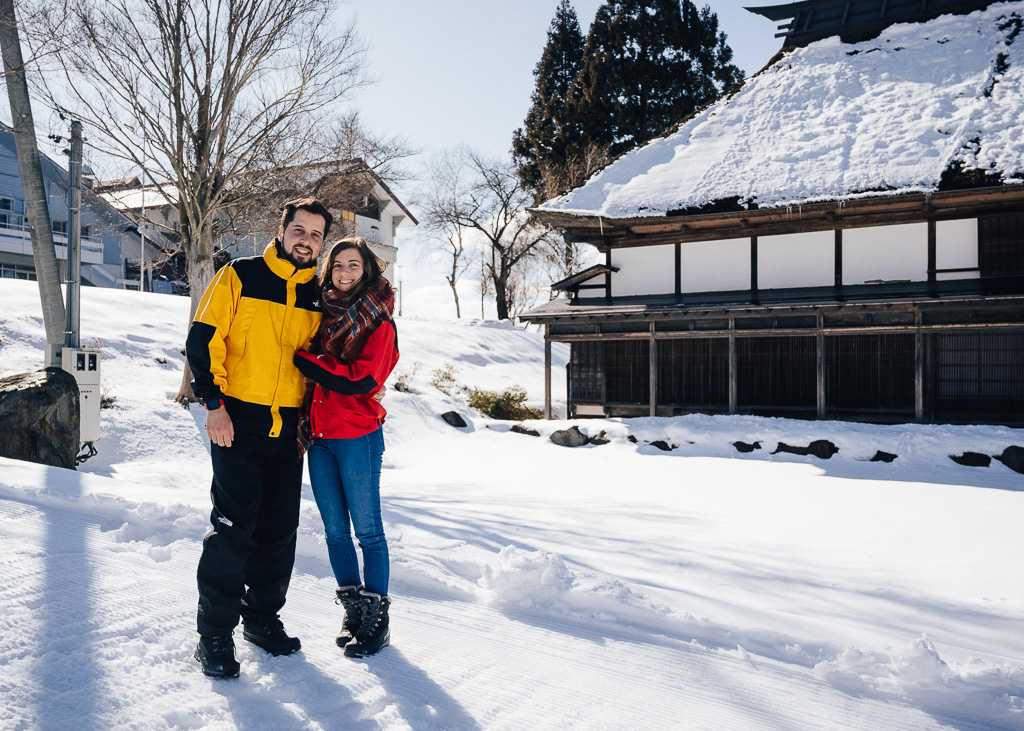
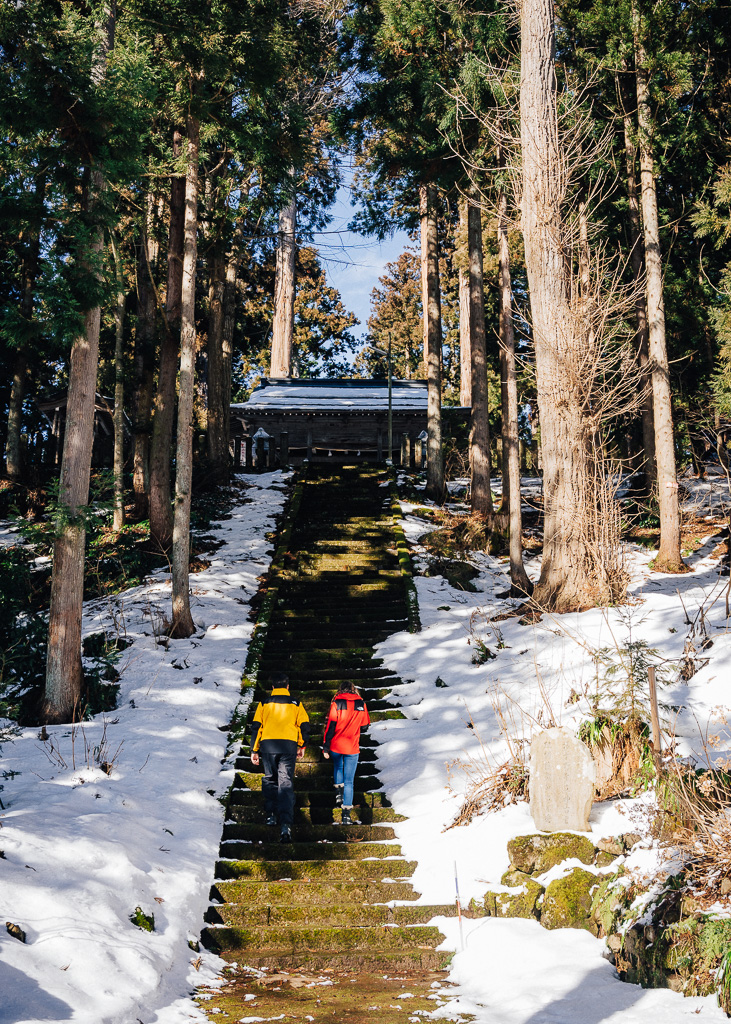
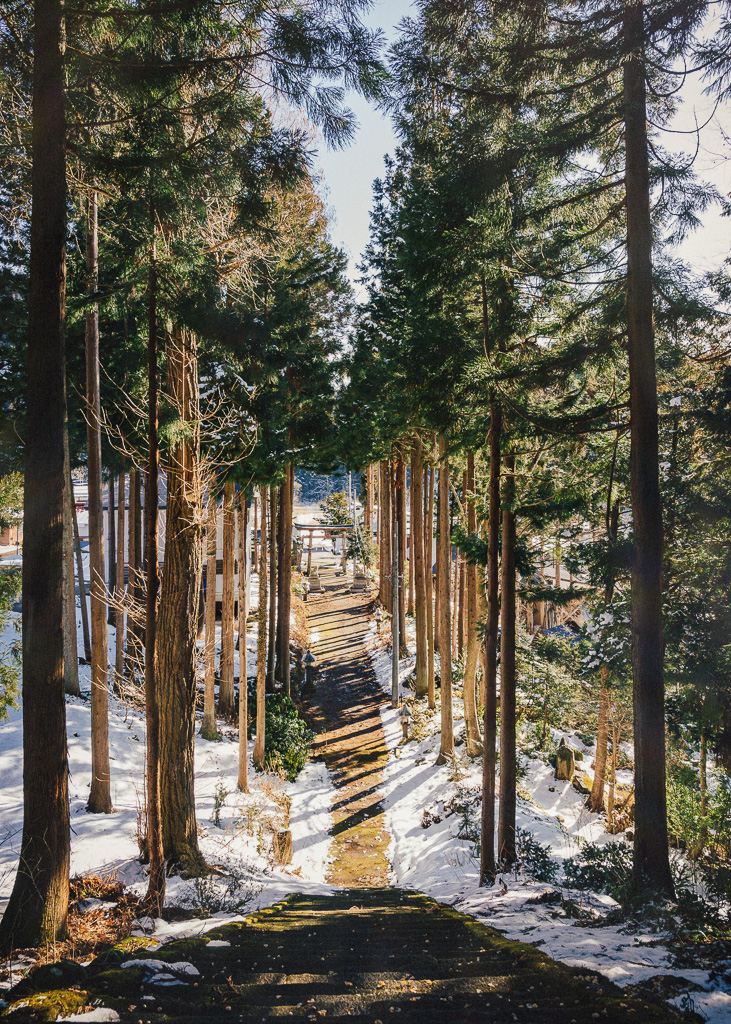
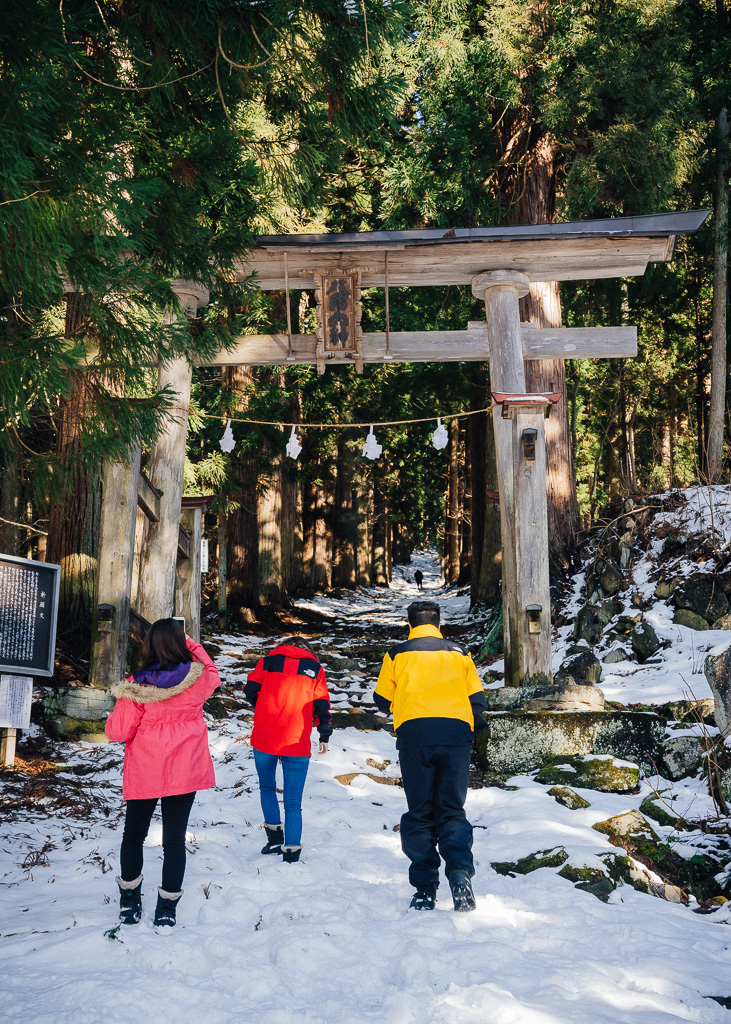
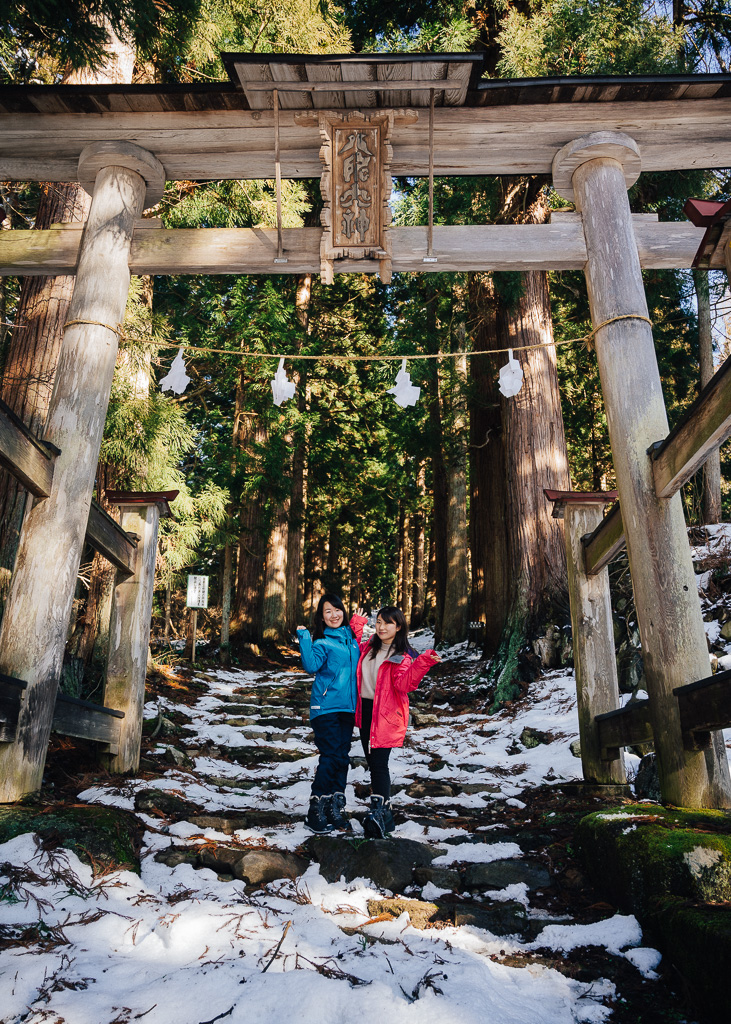
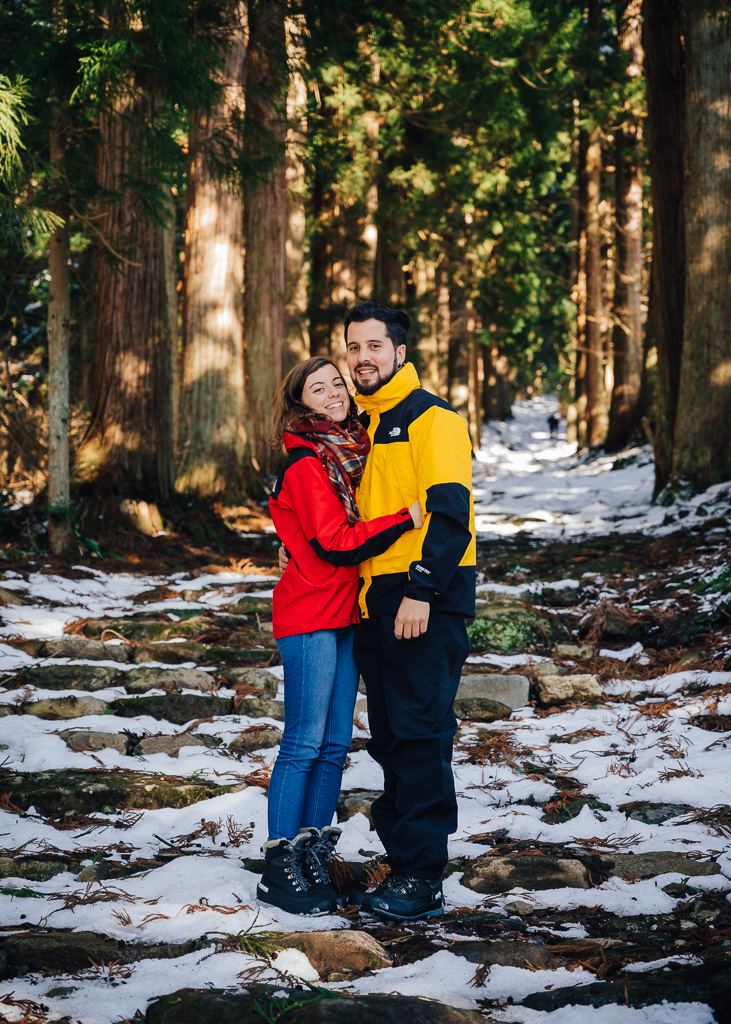
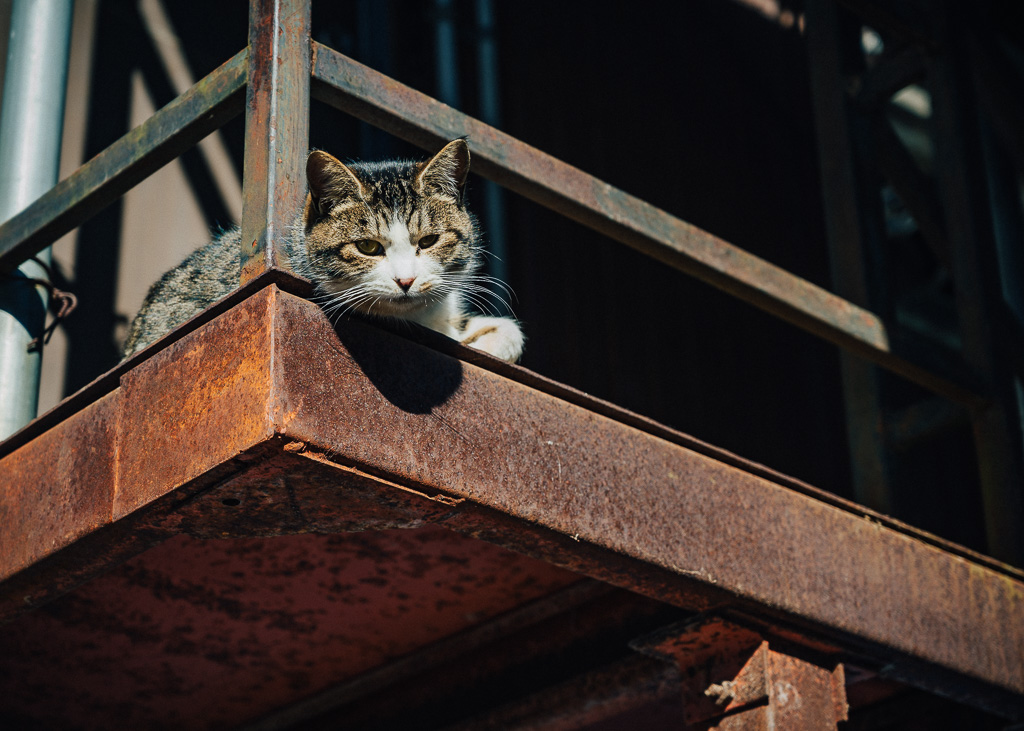
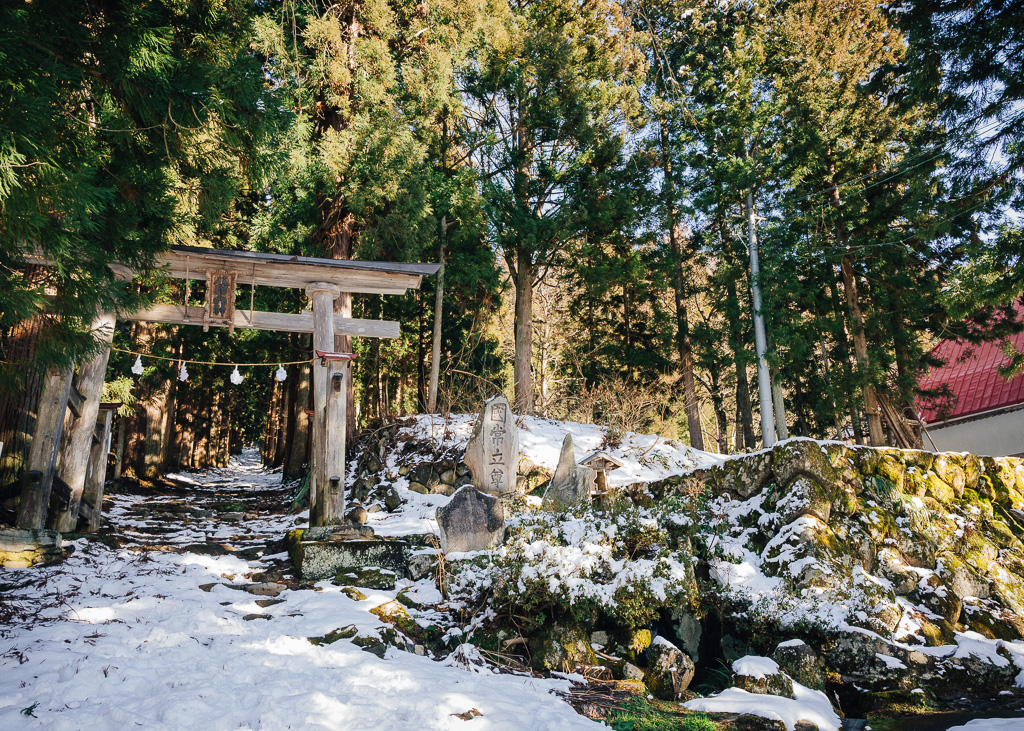
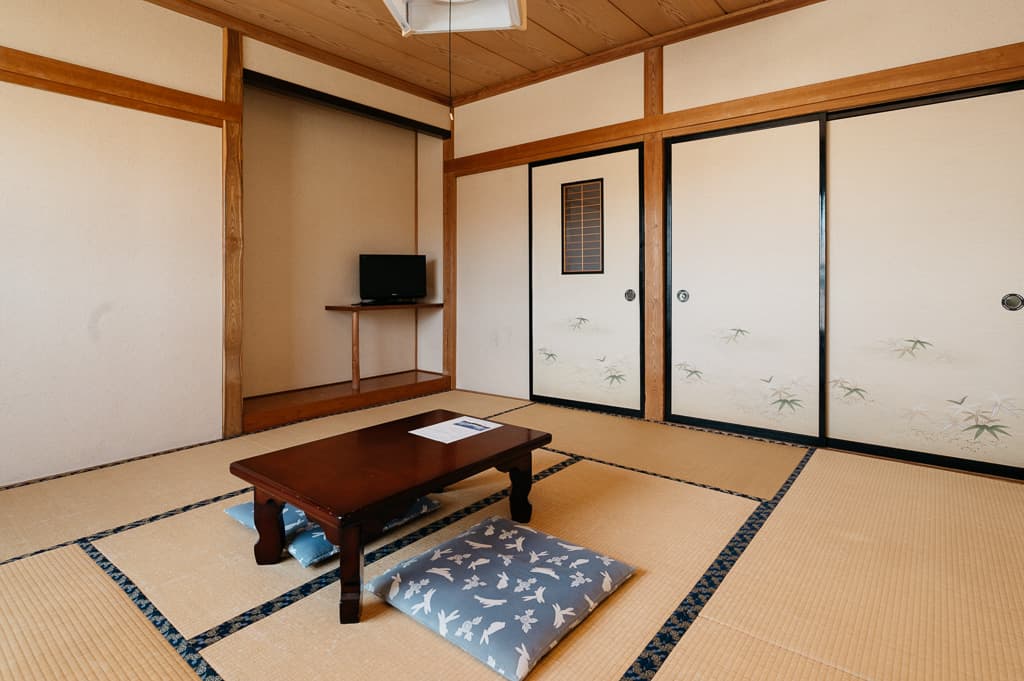
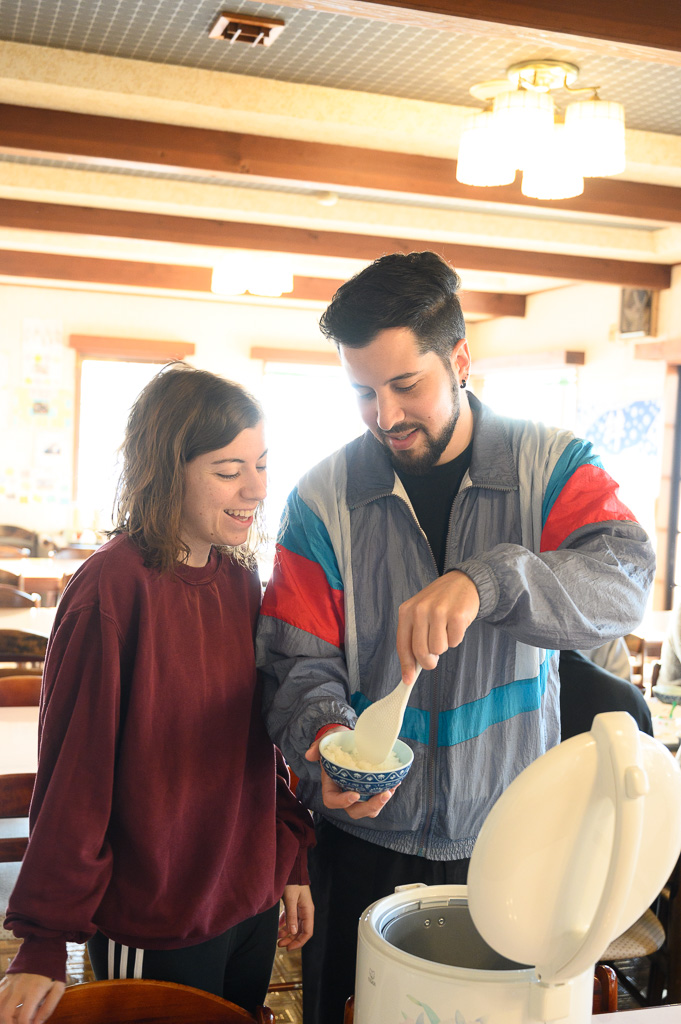
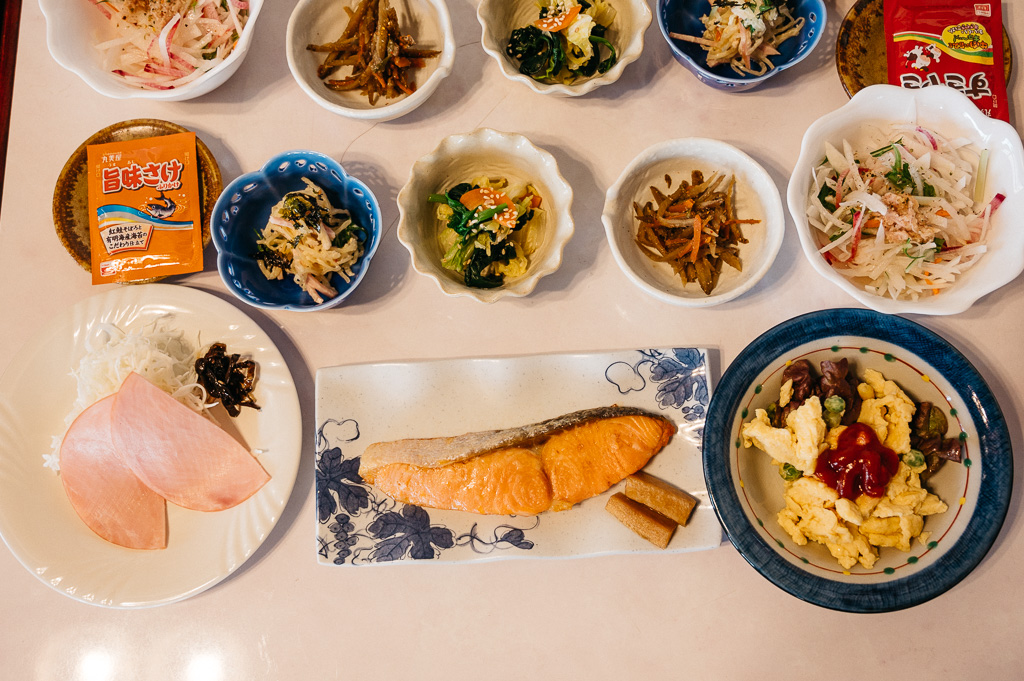
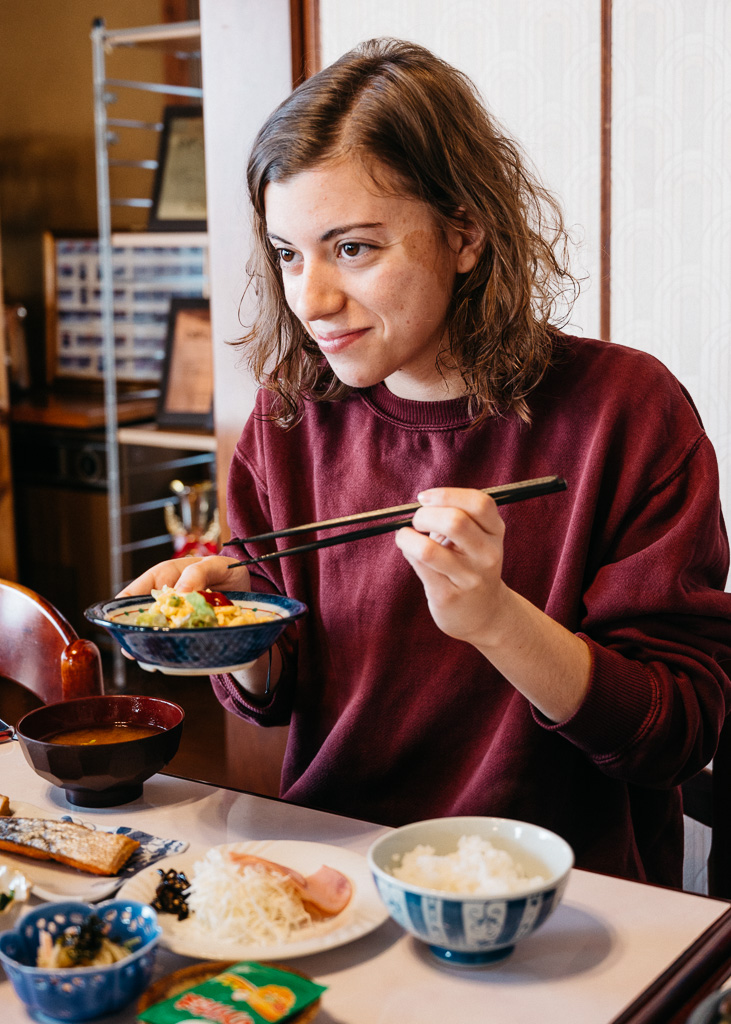
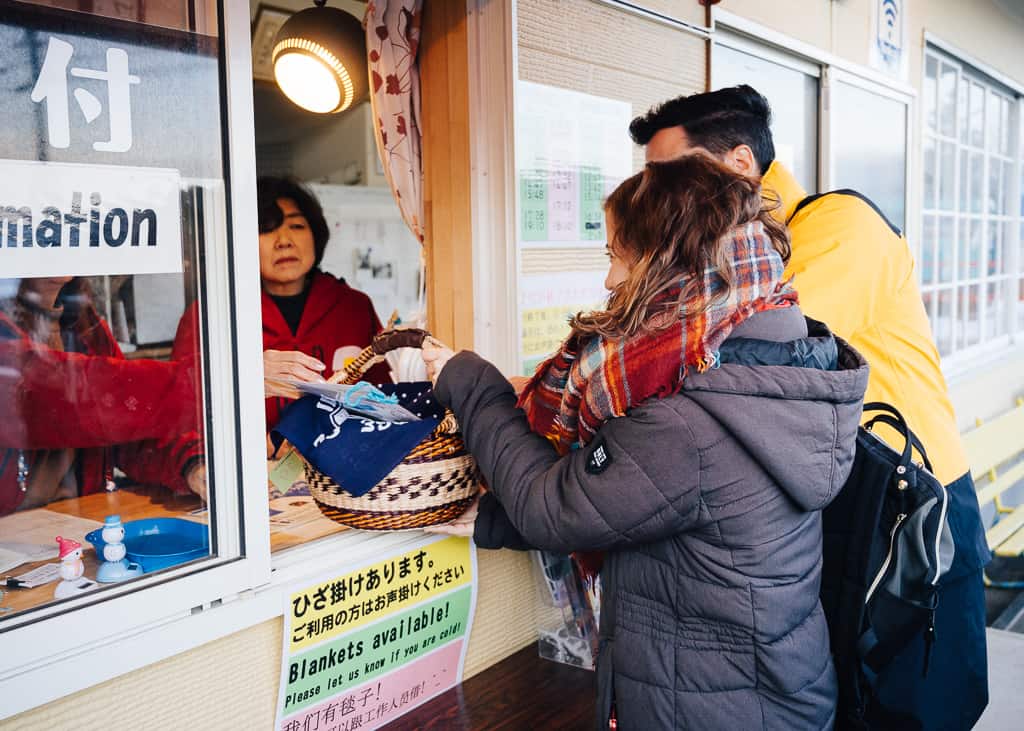
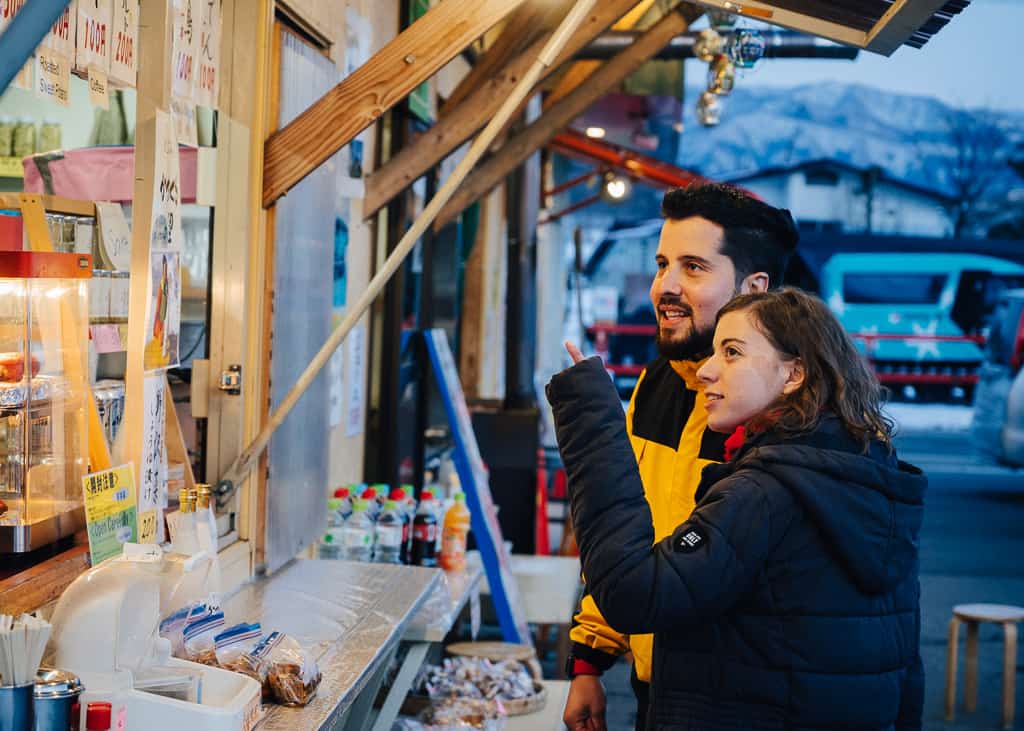
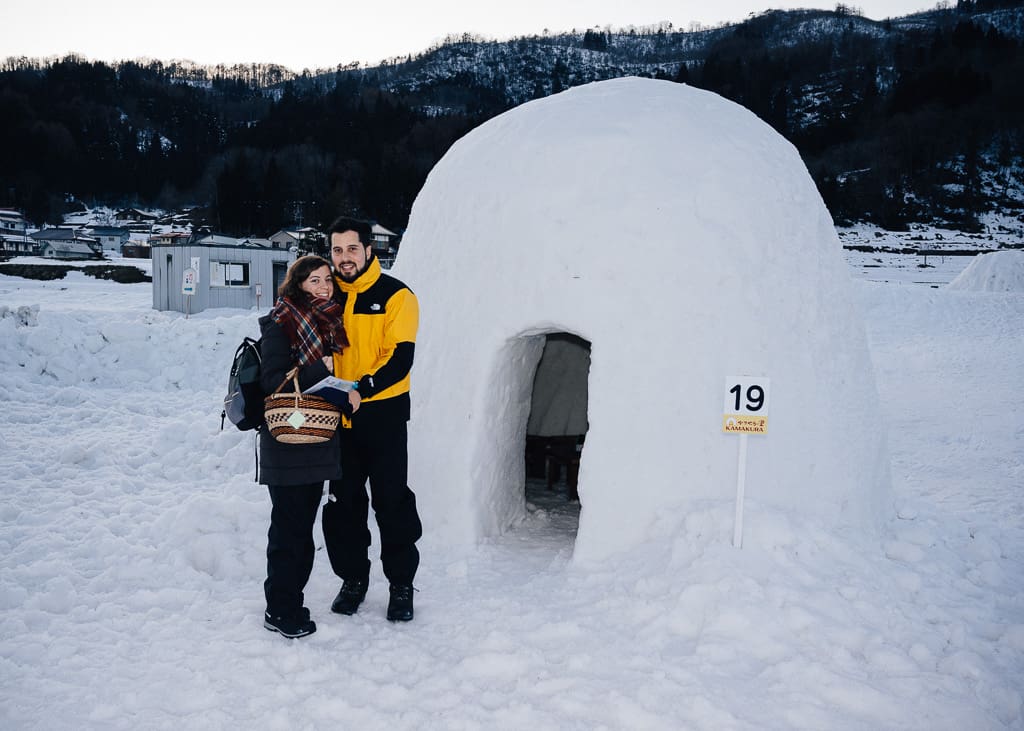
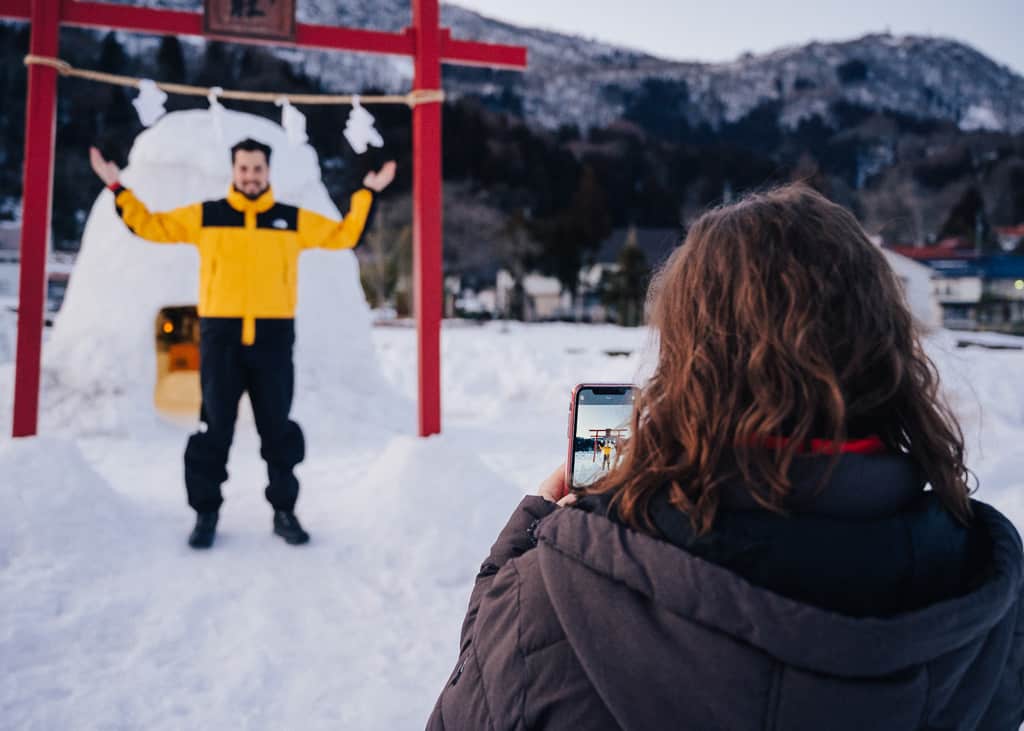
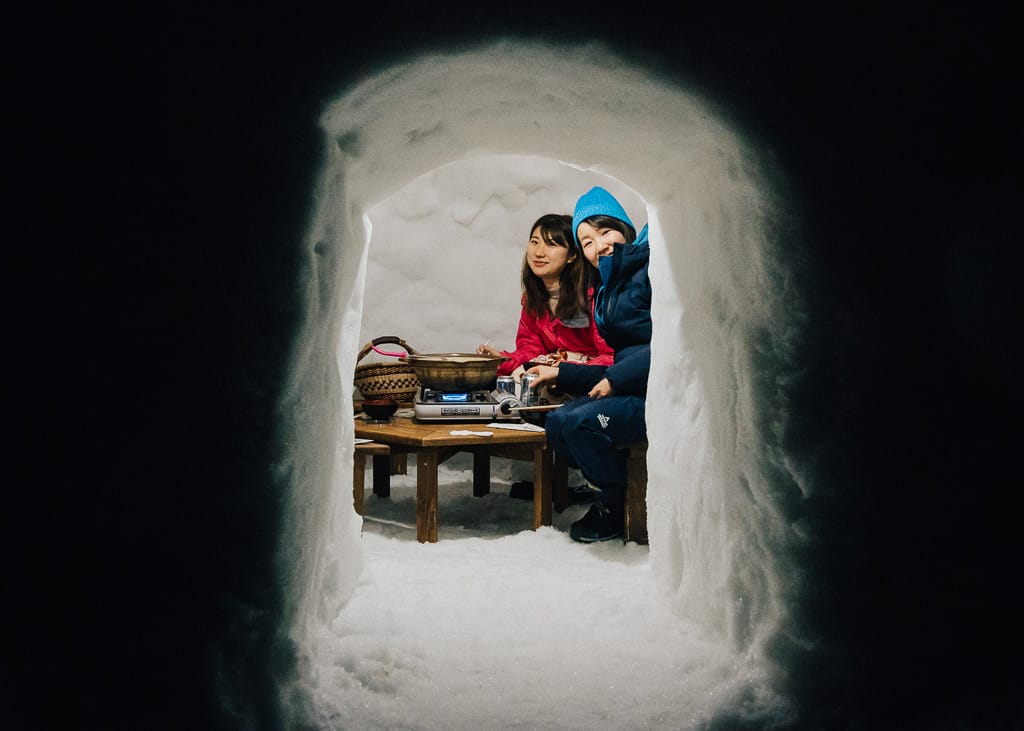
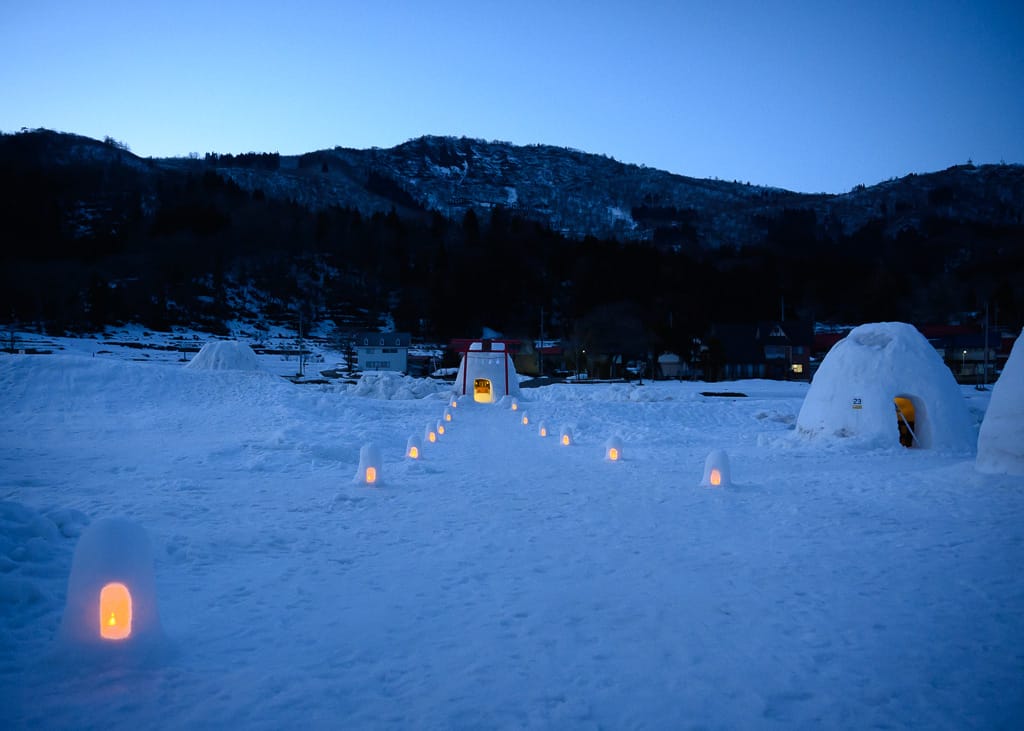
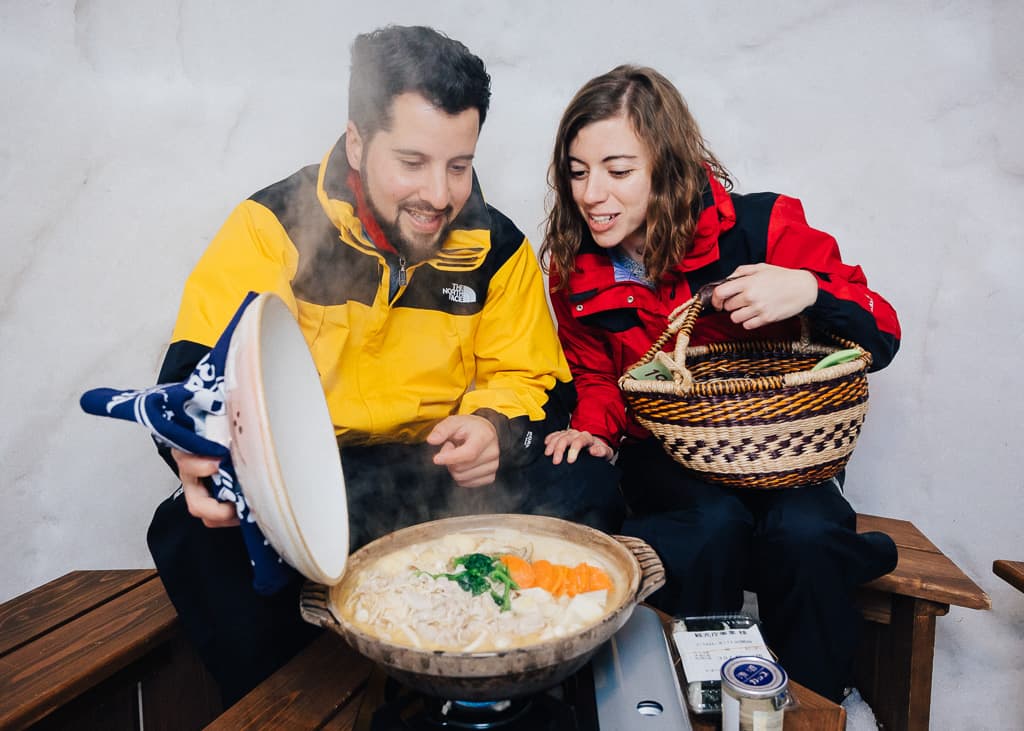
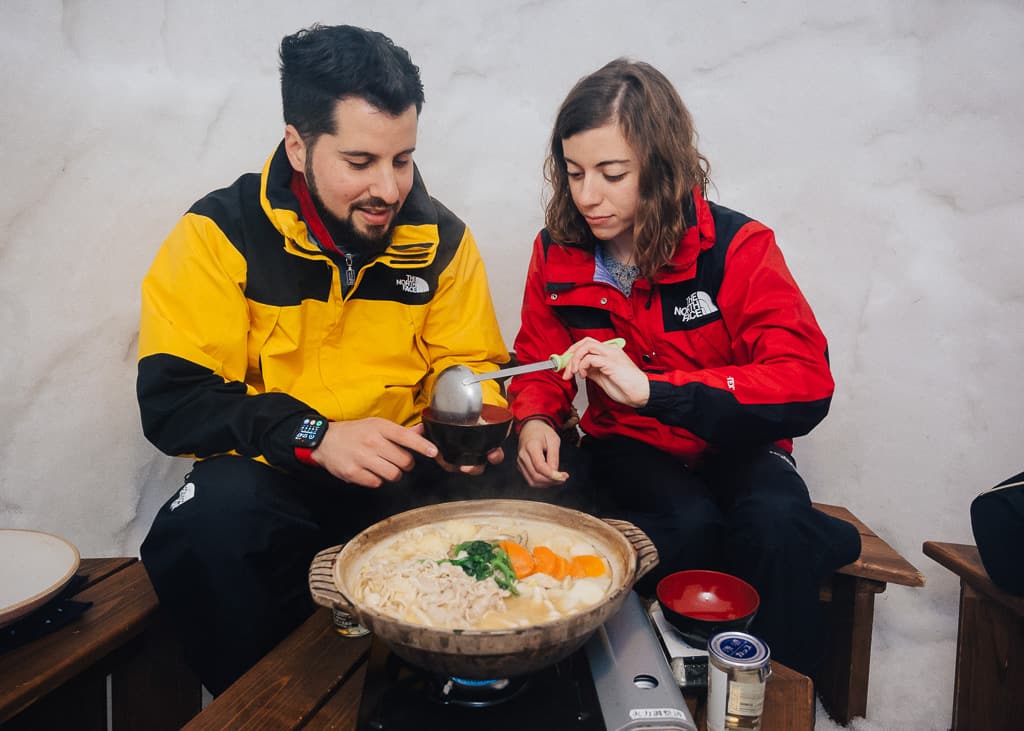
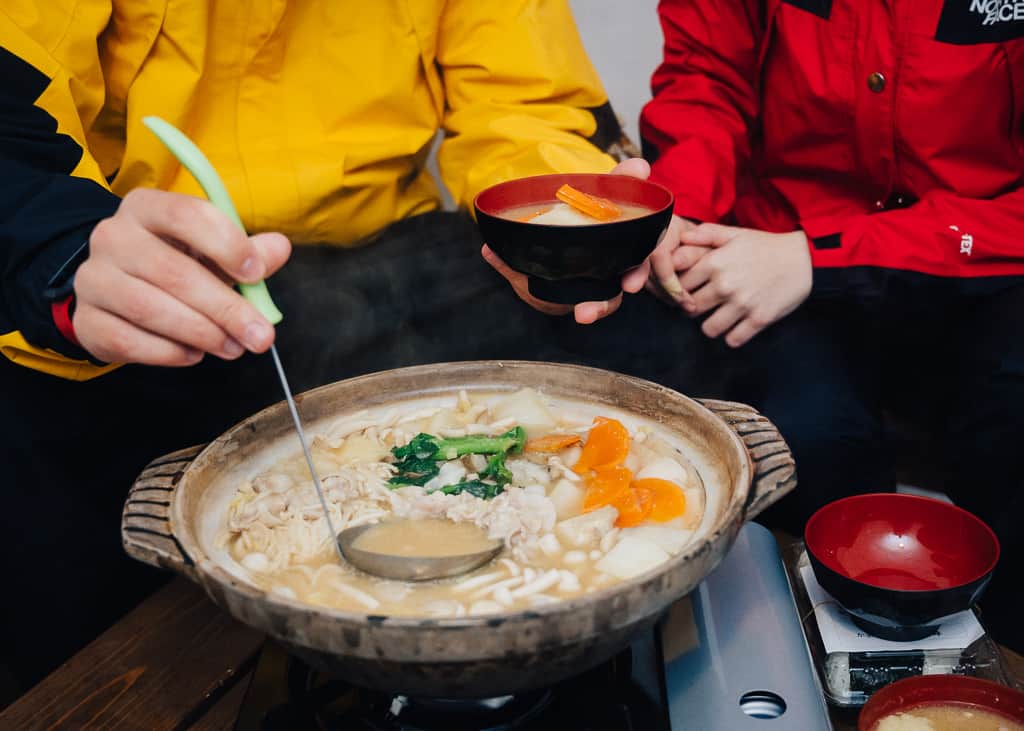
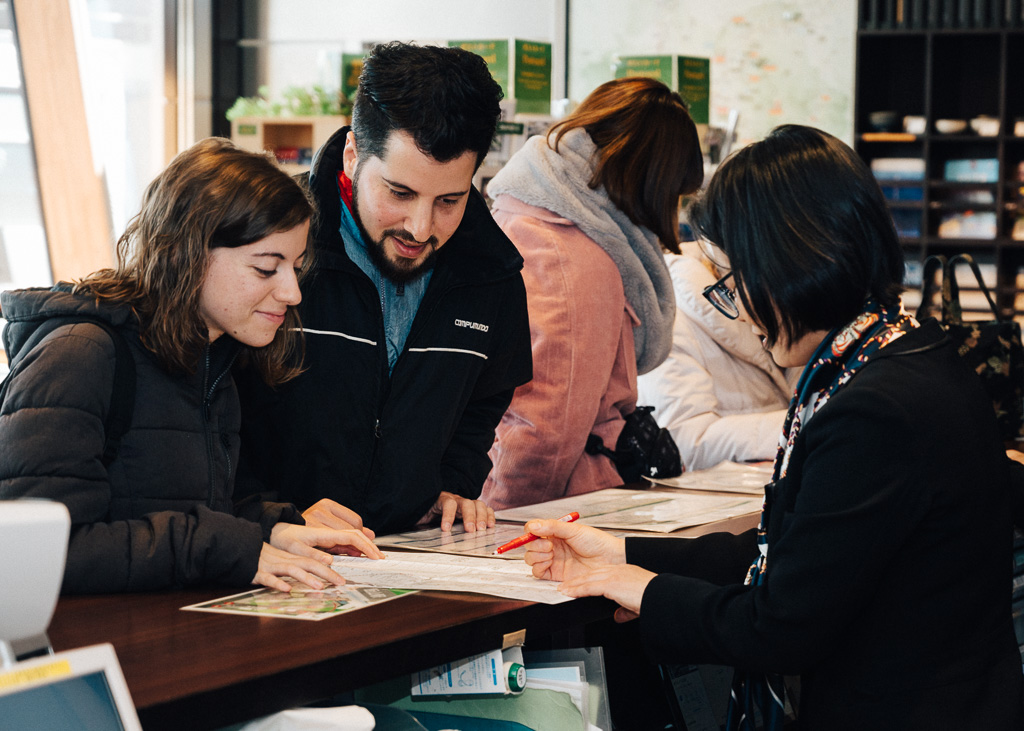
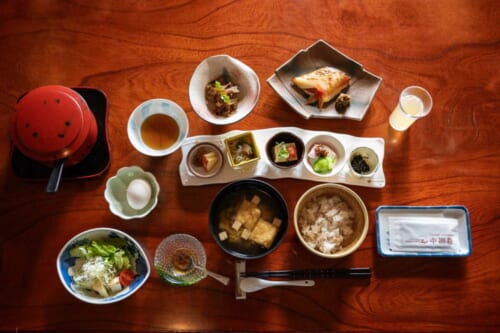
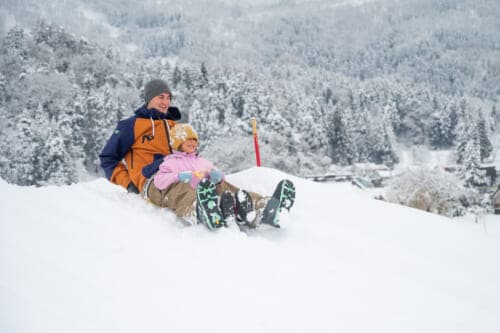
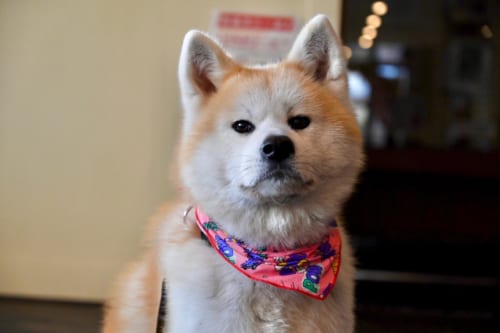
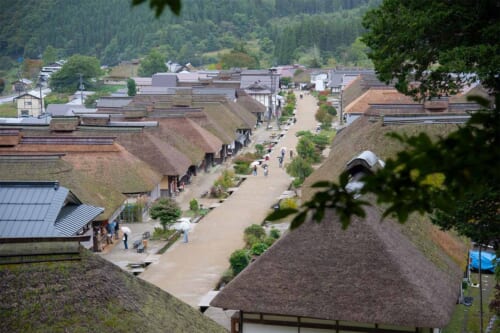
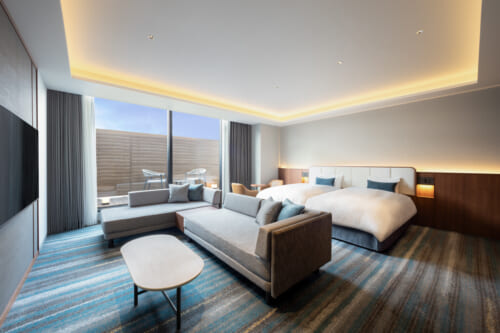
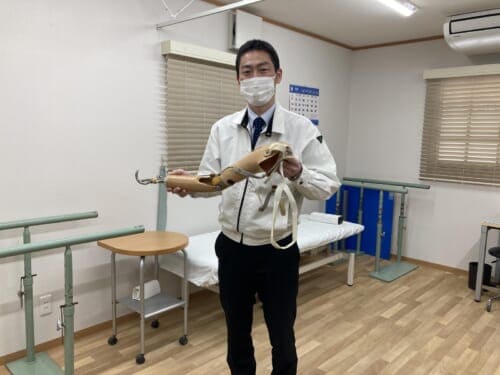
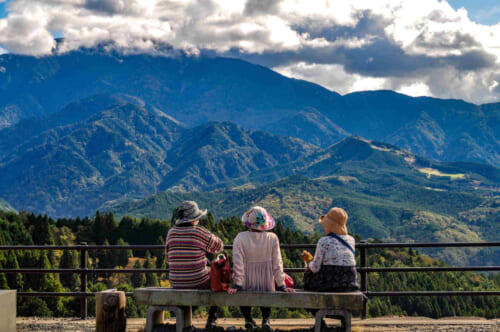
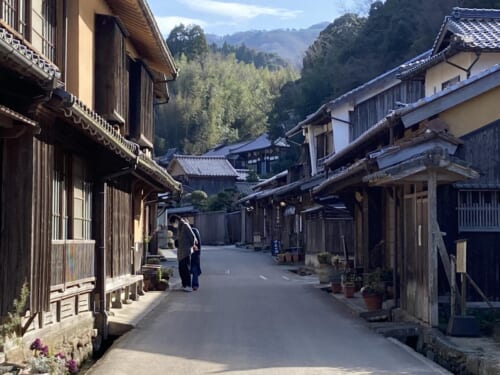
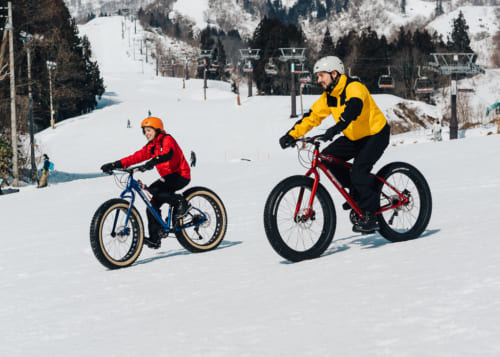
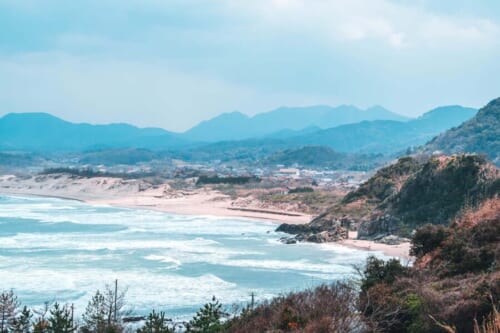


No Comments yet!